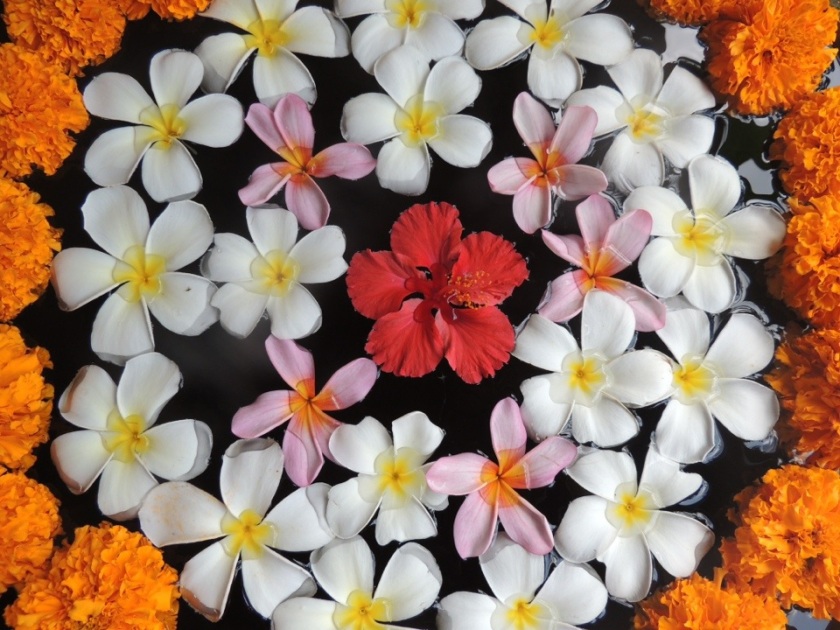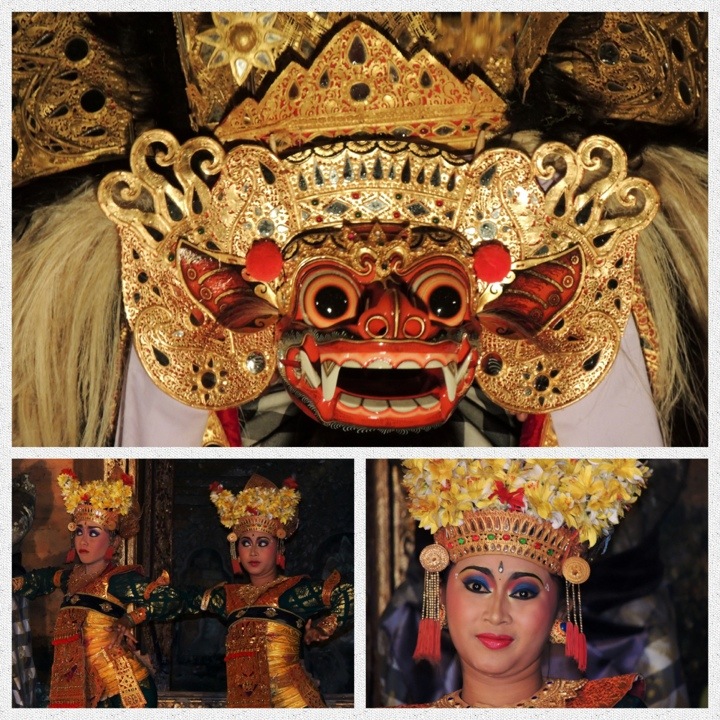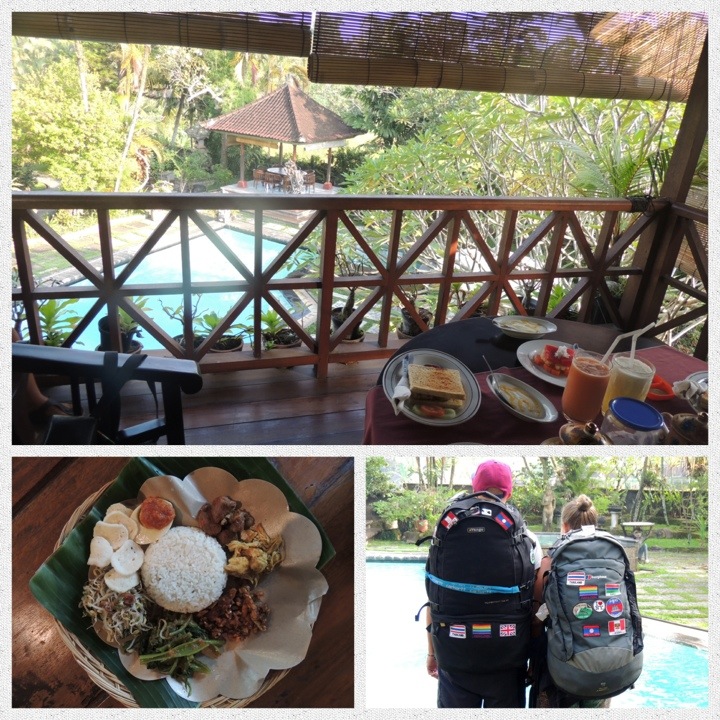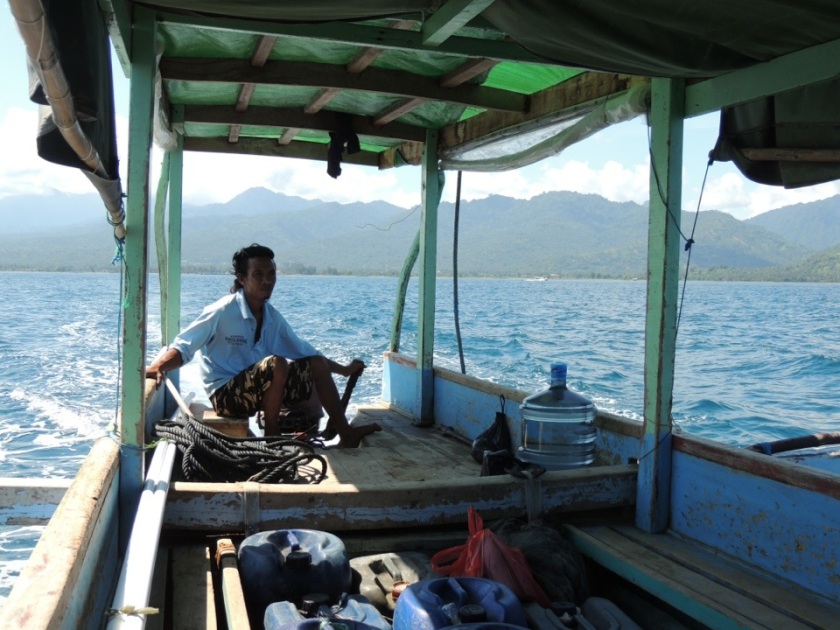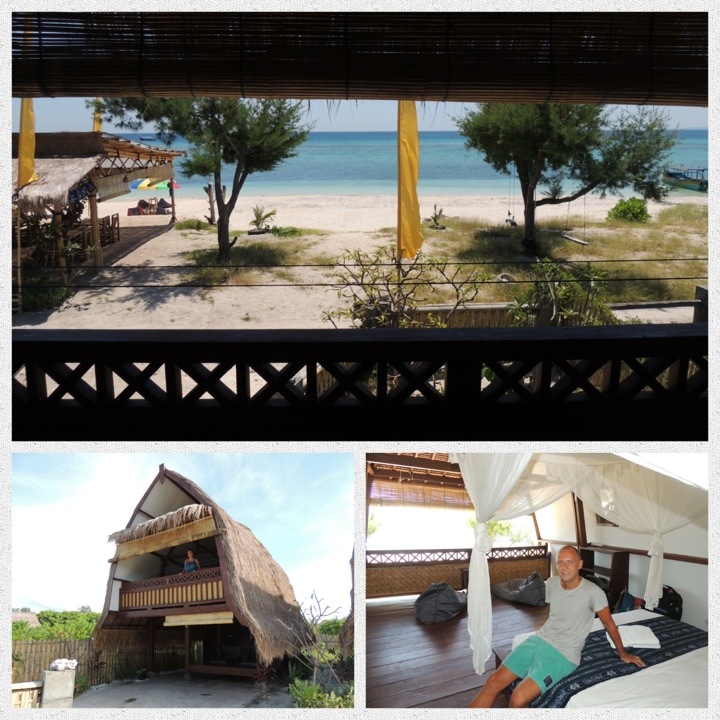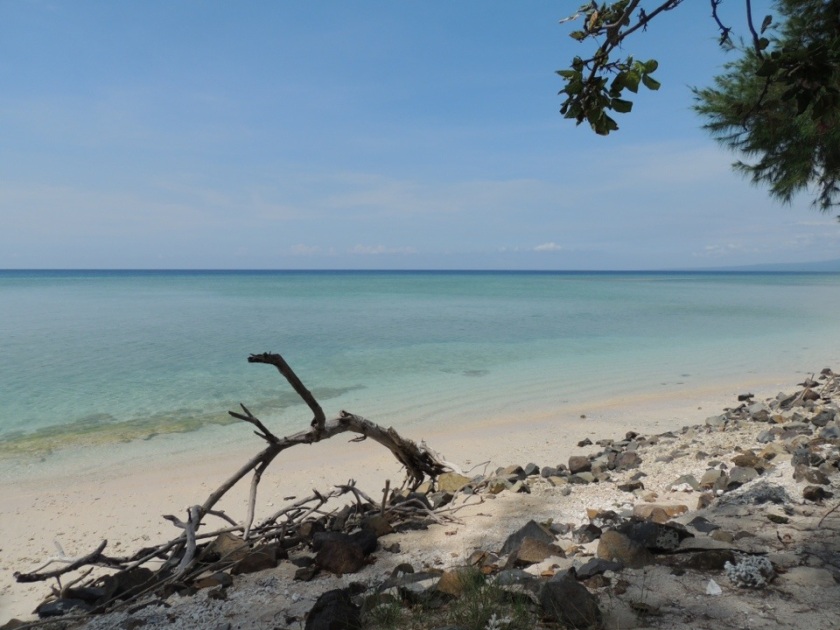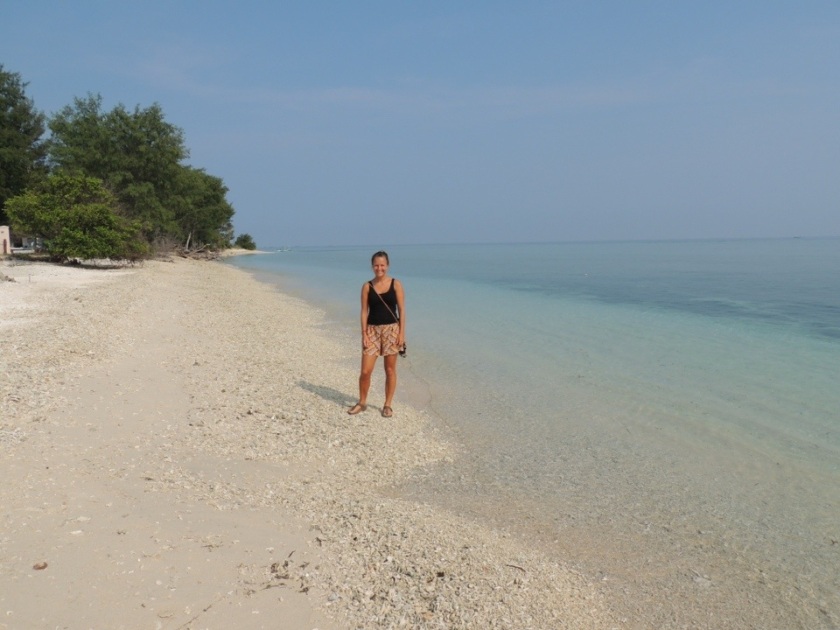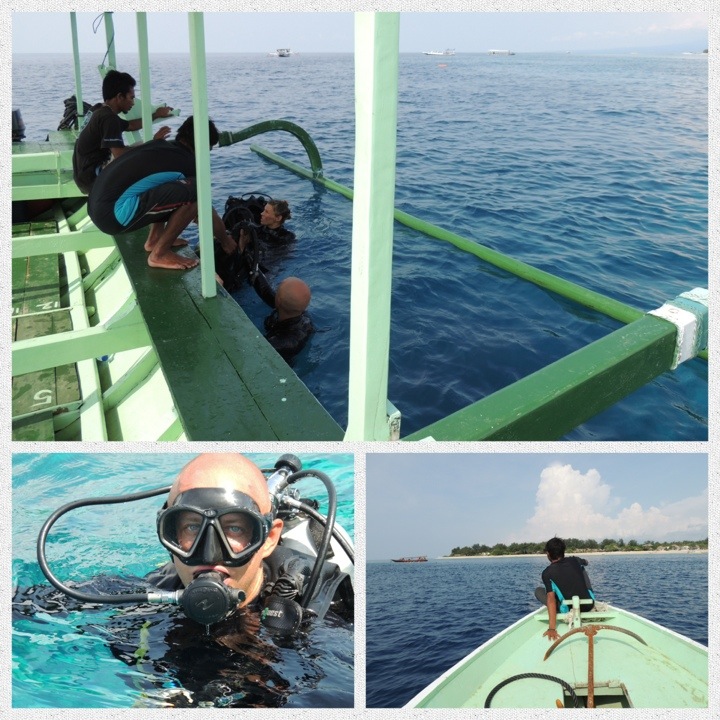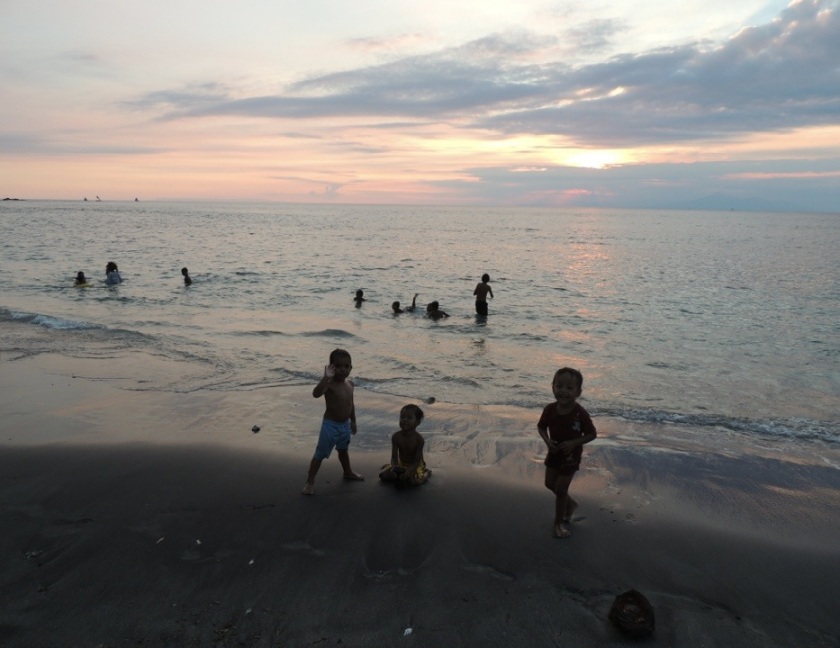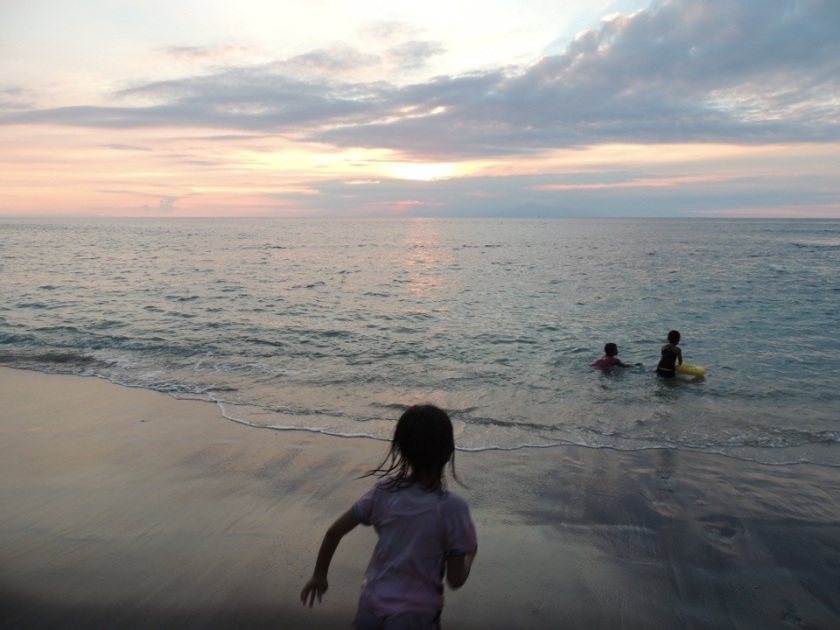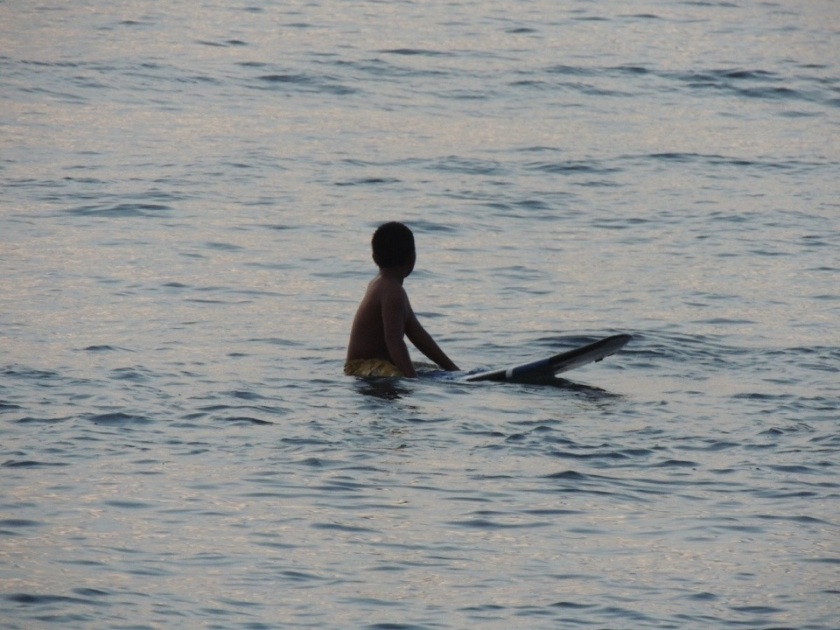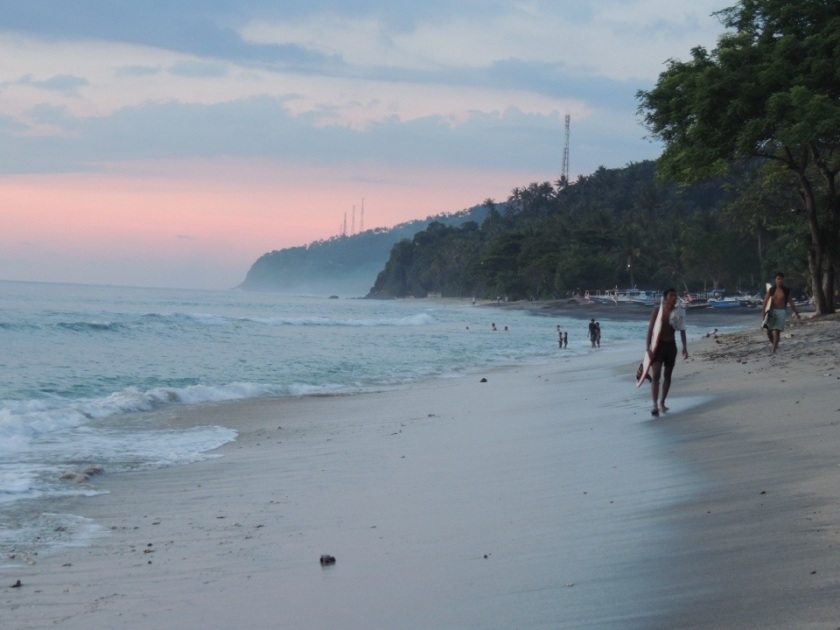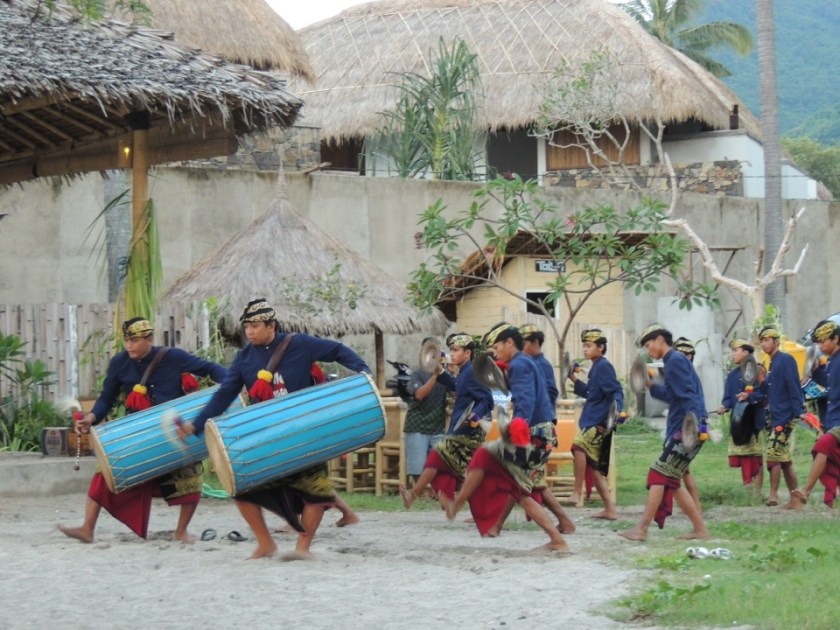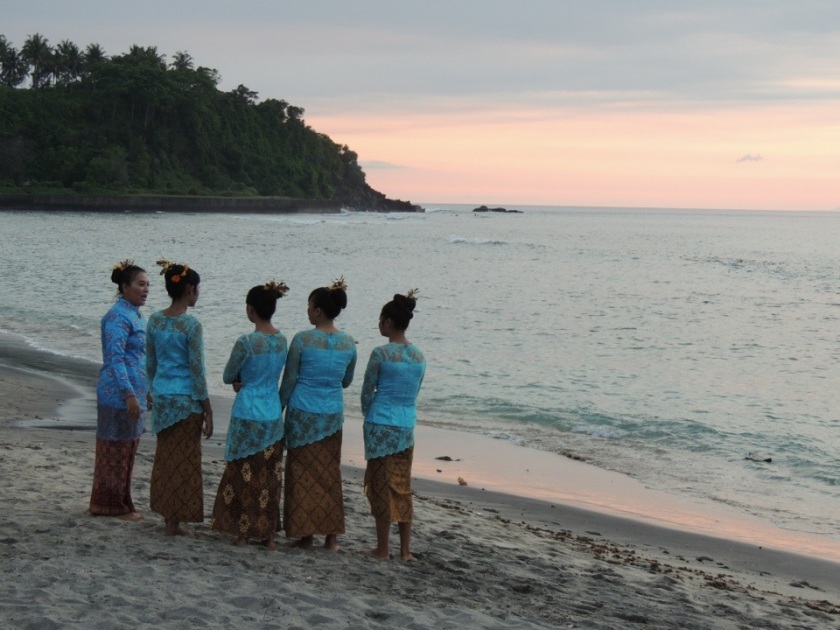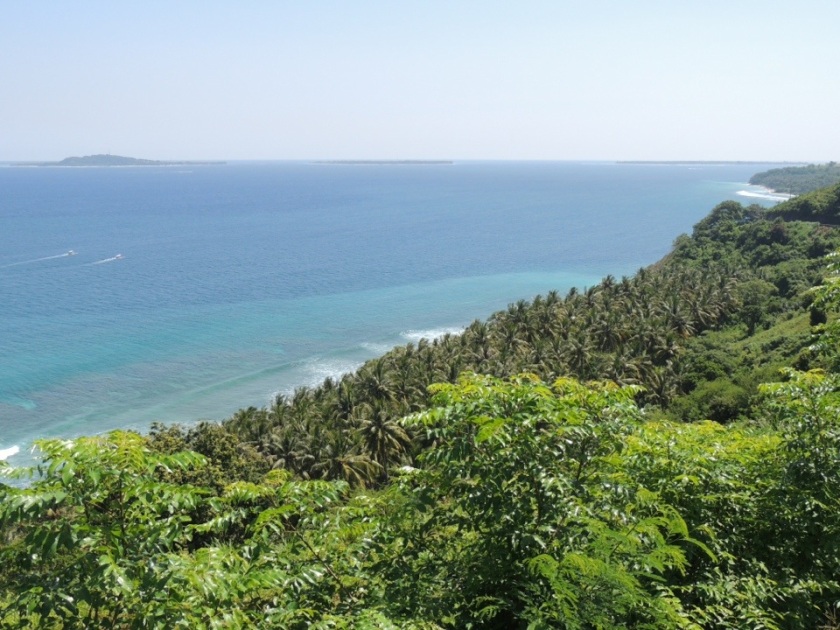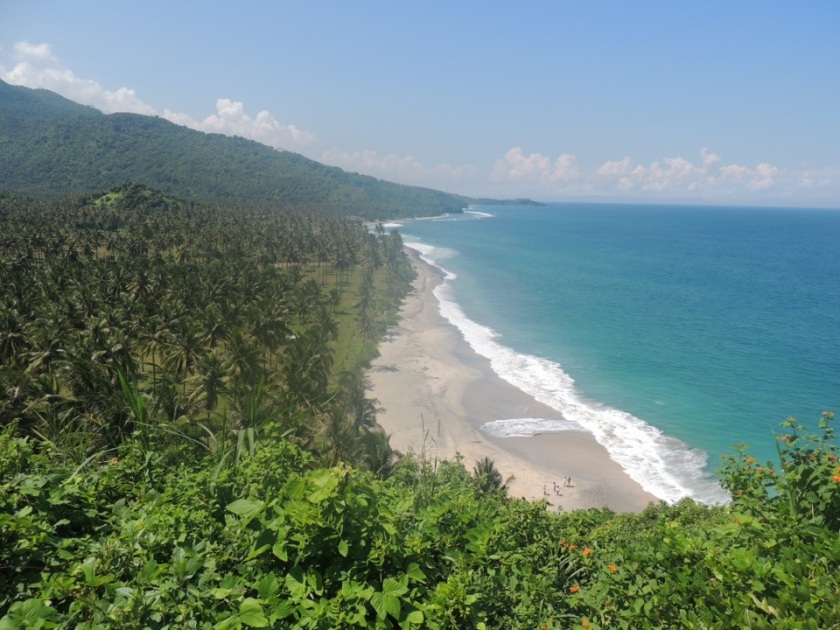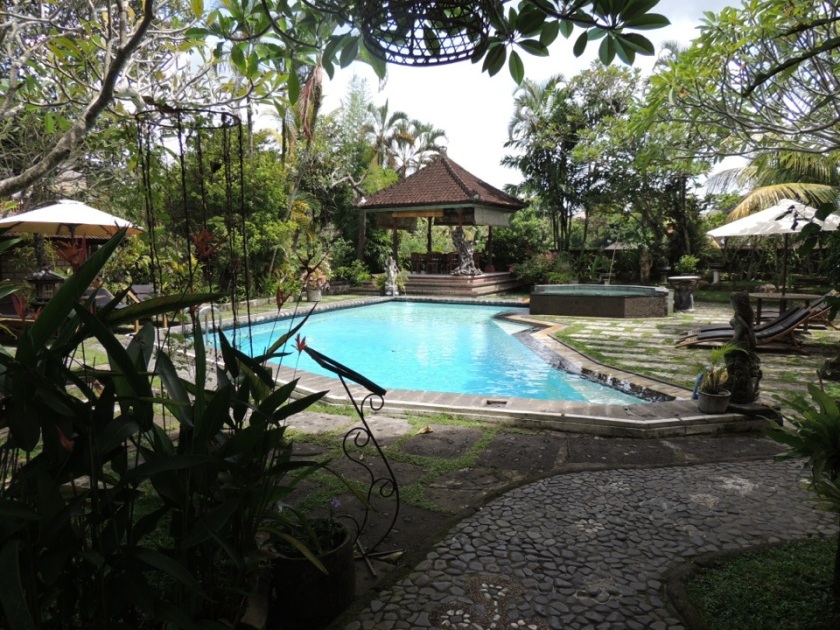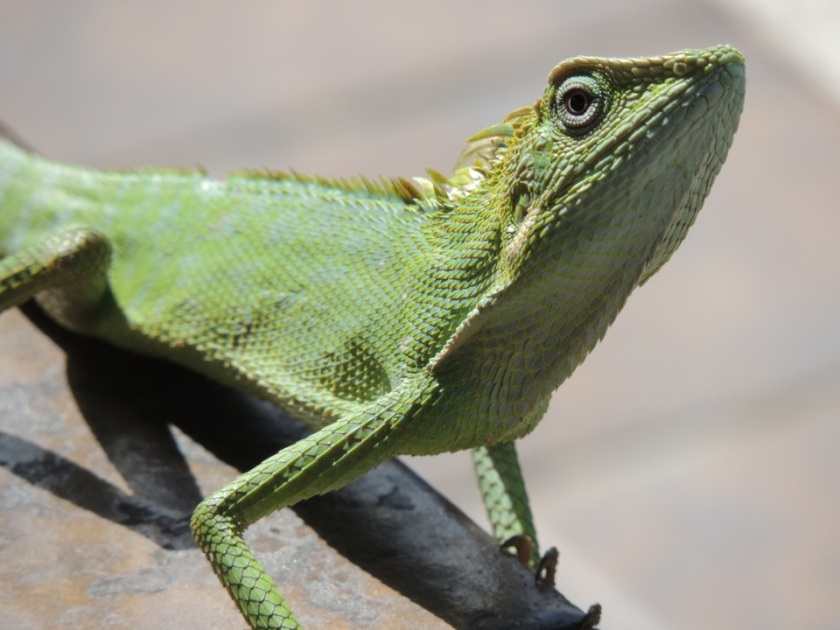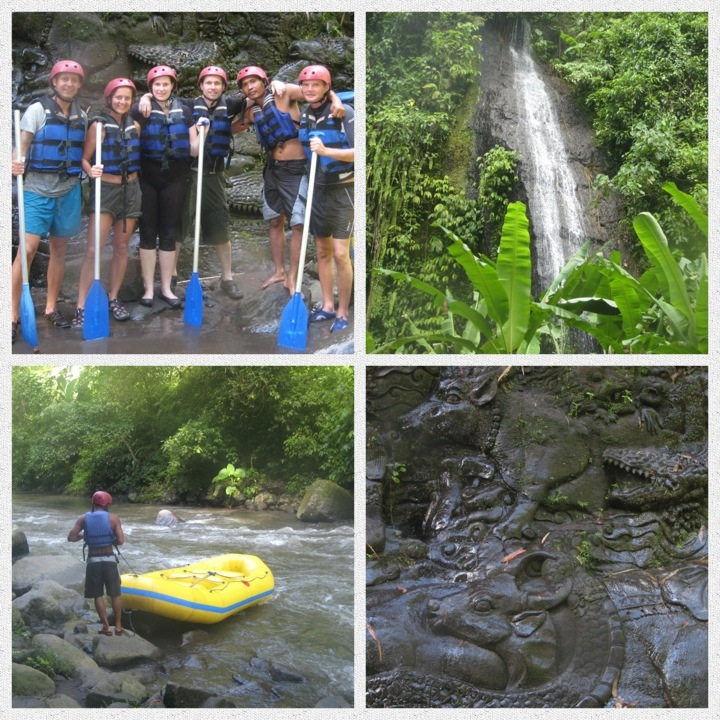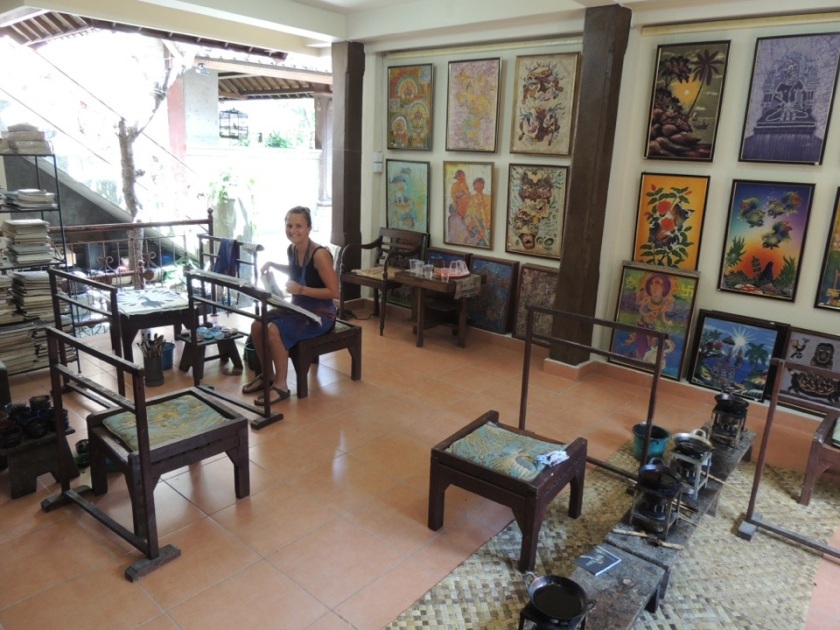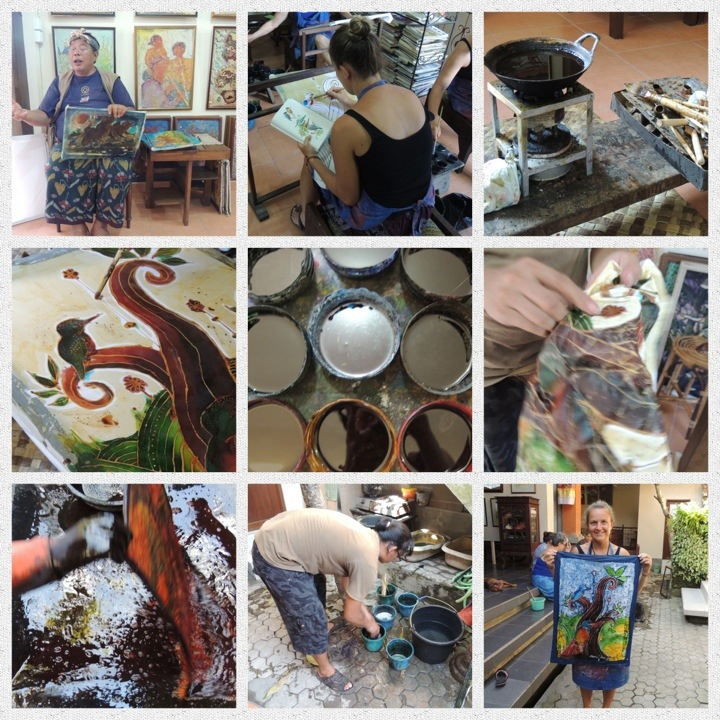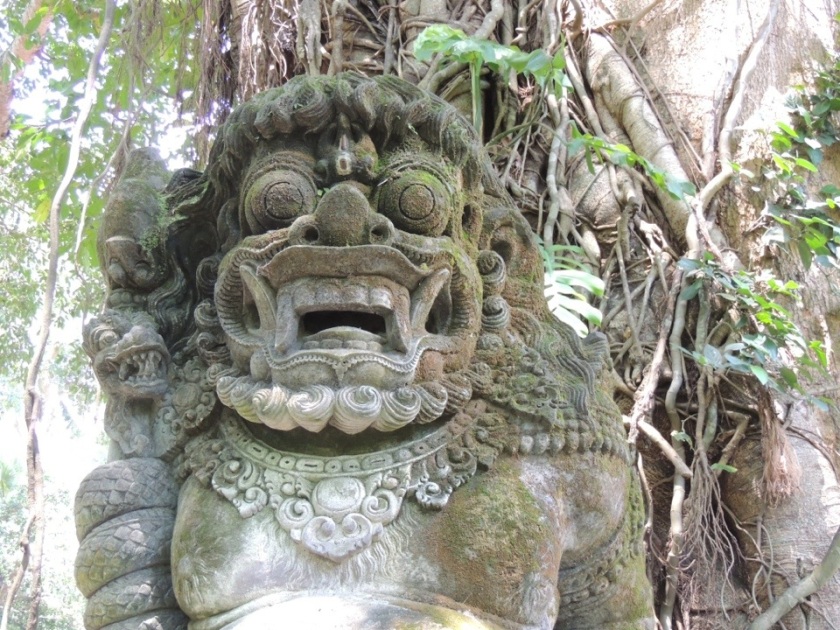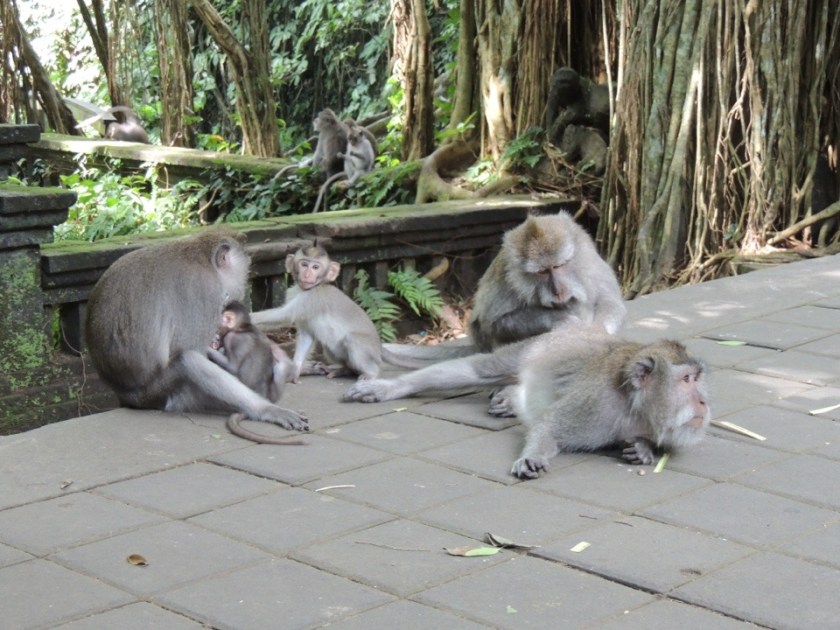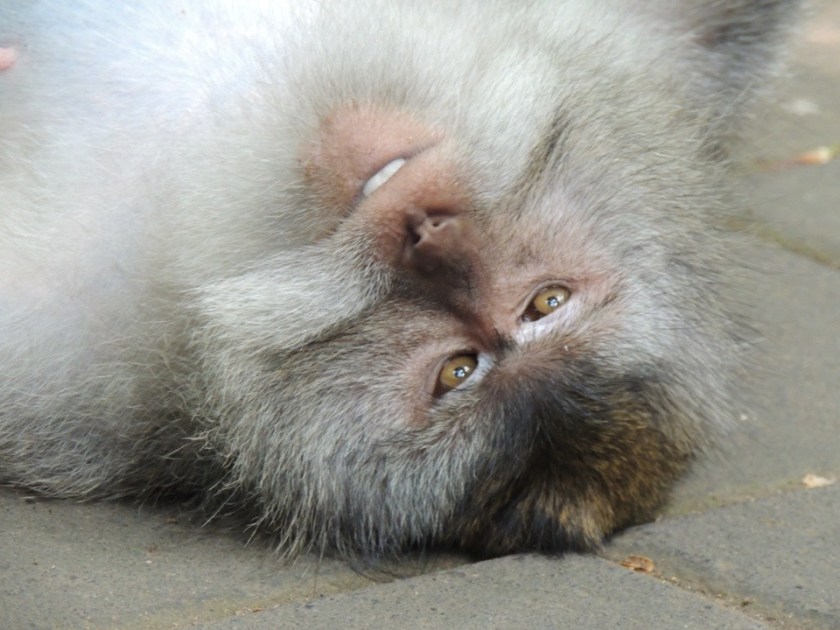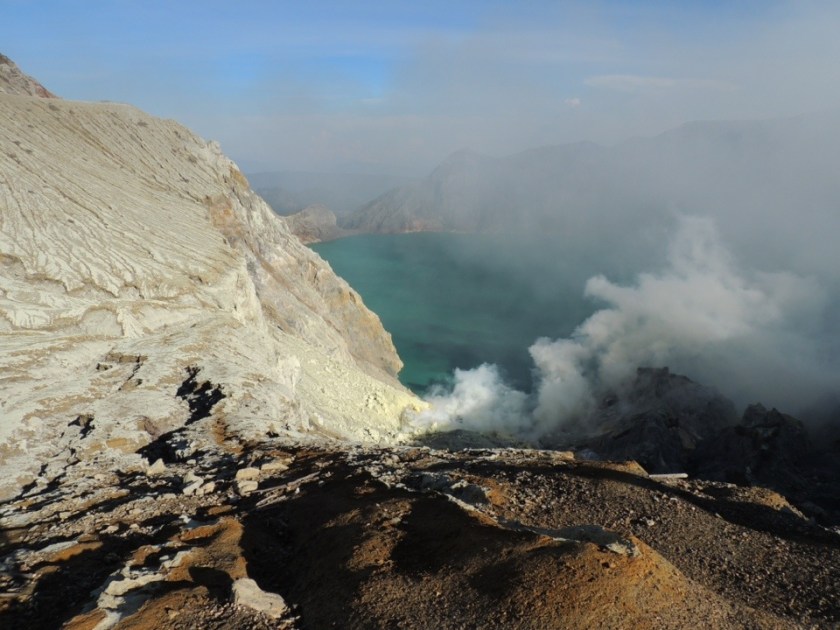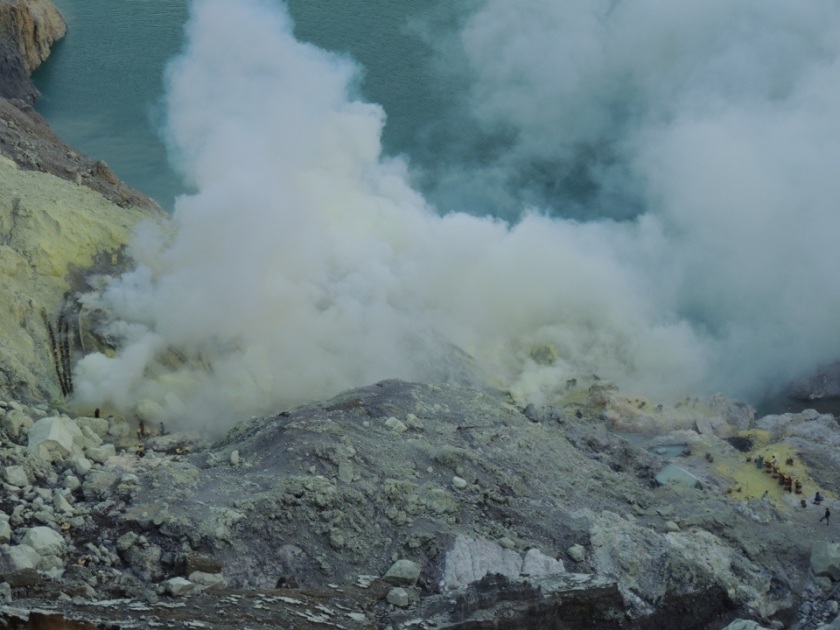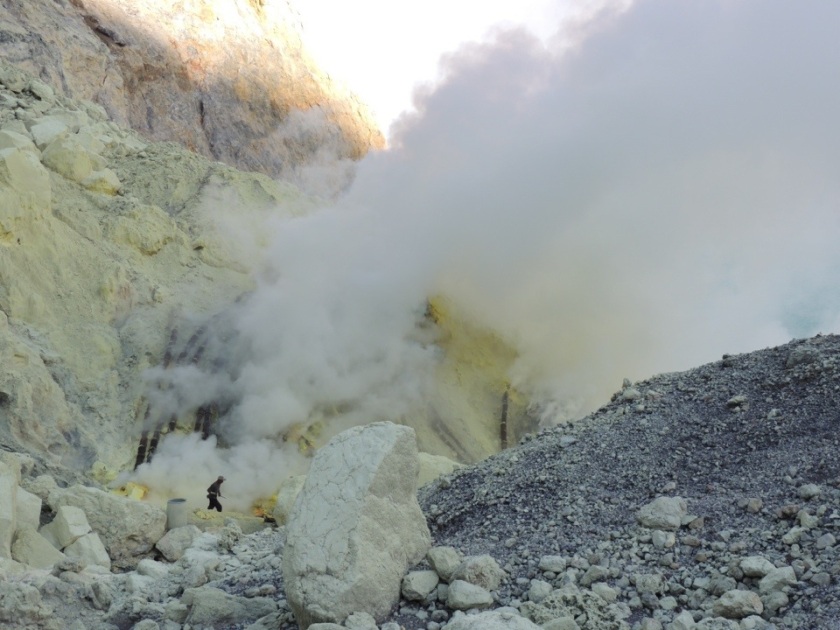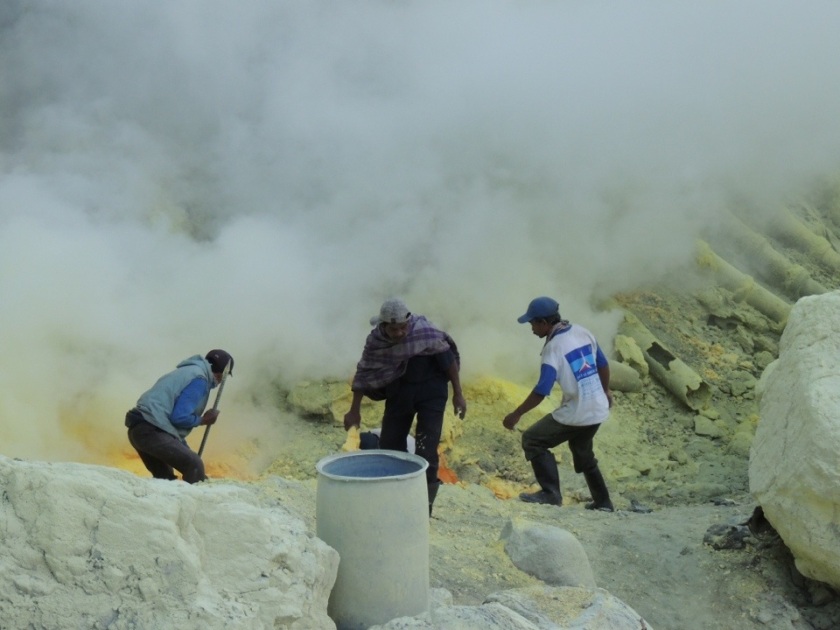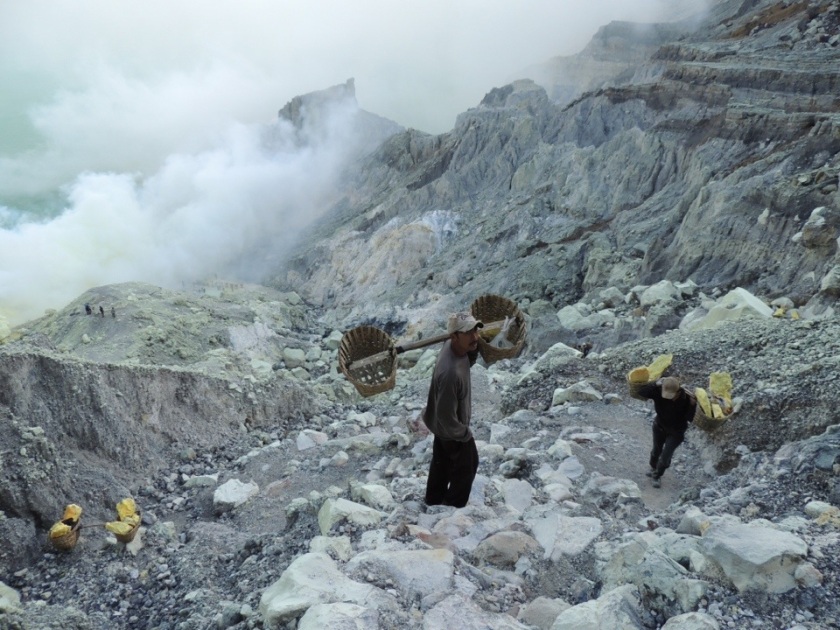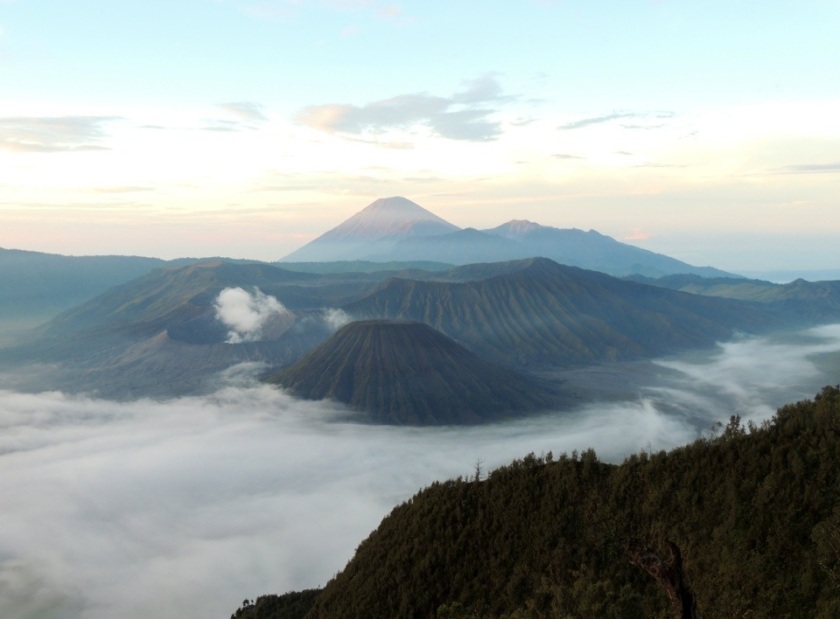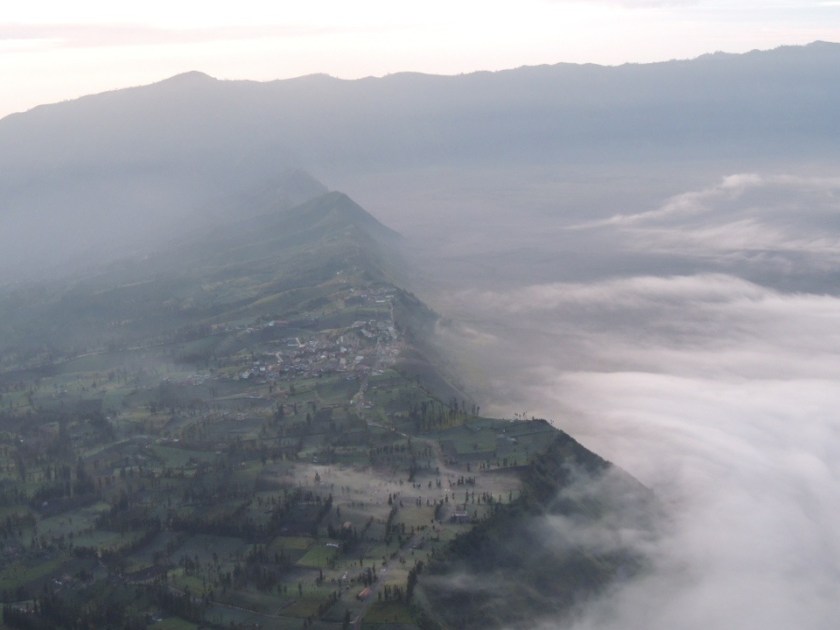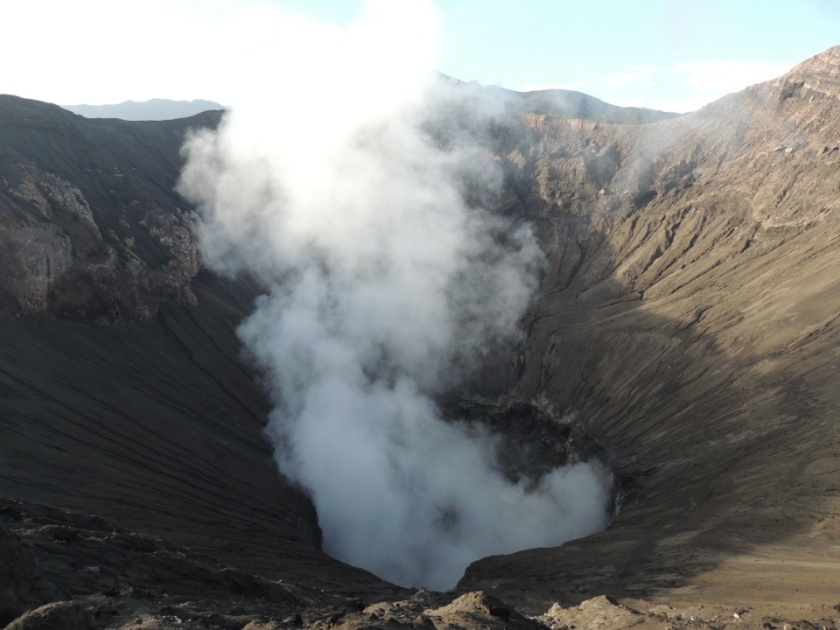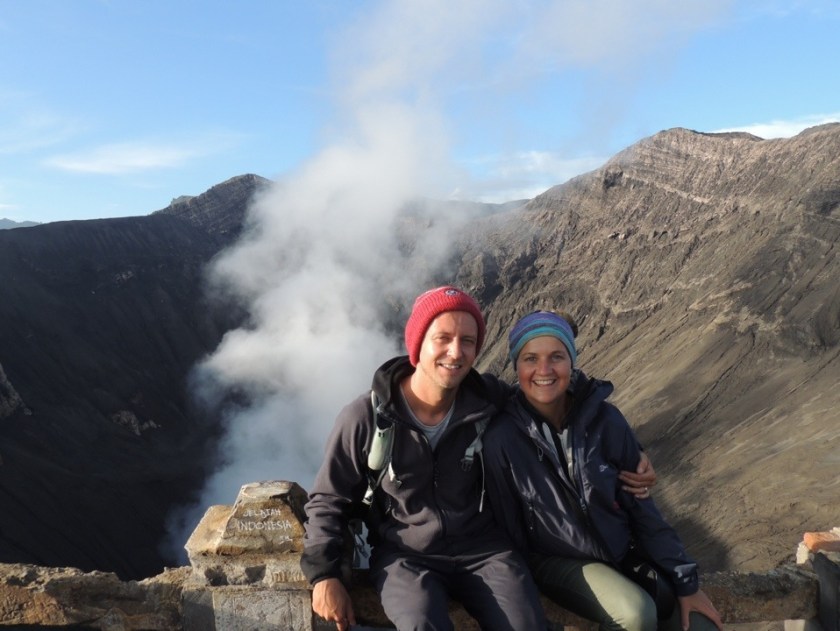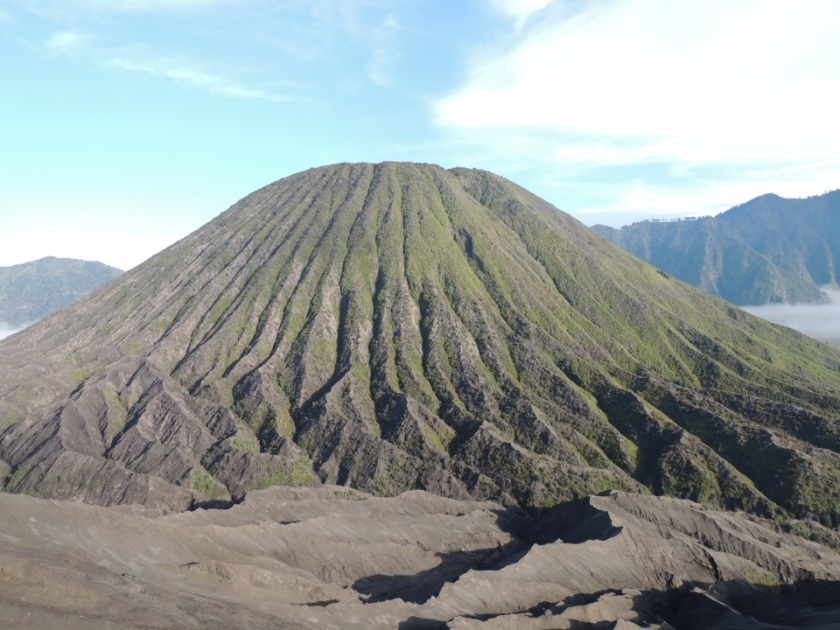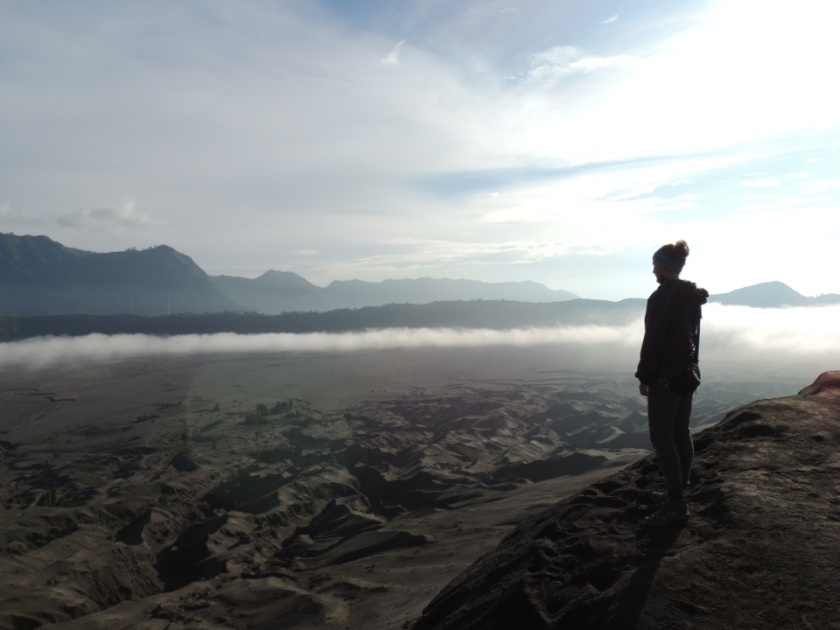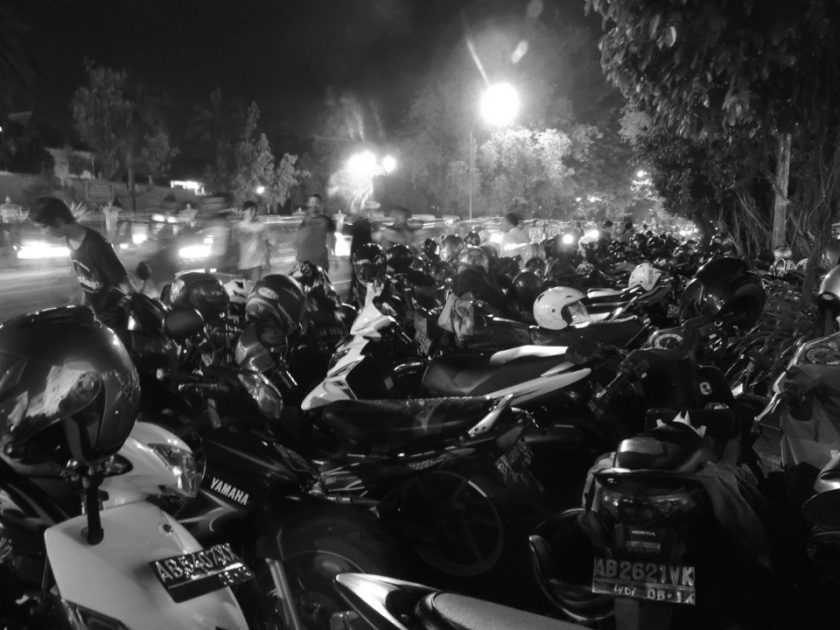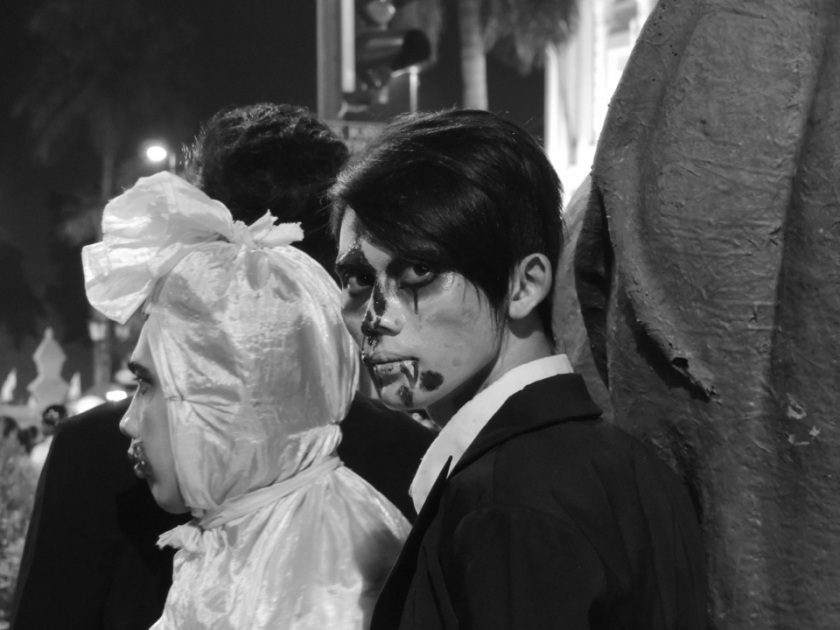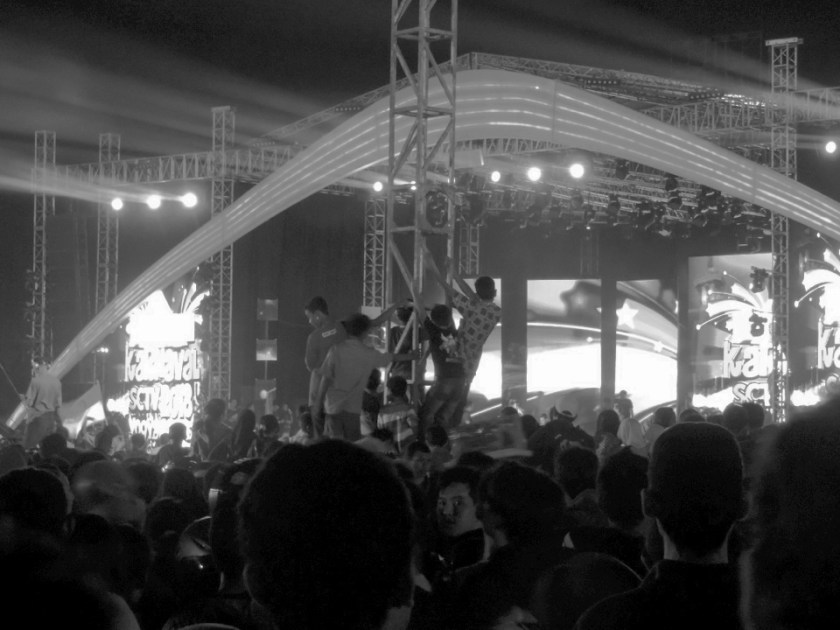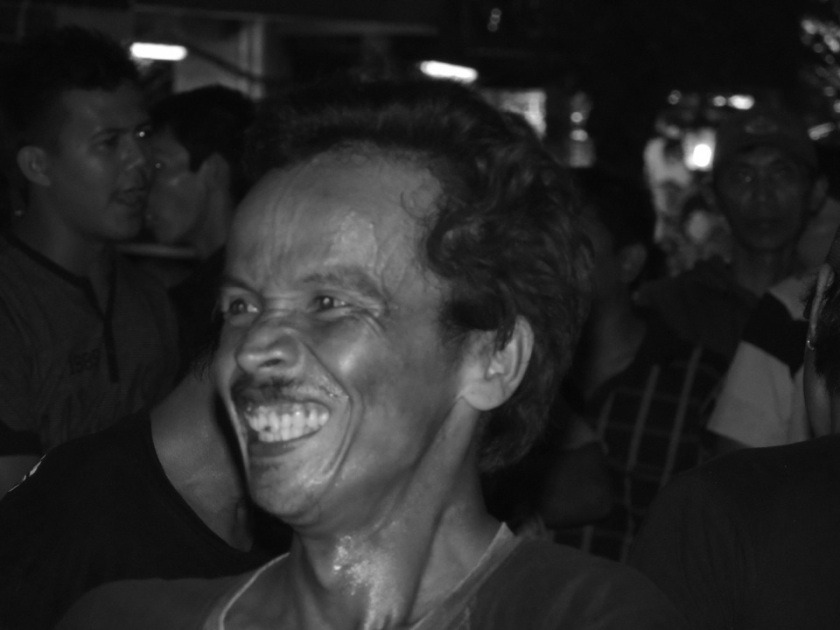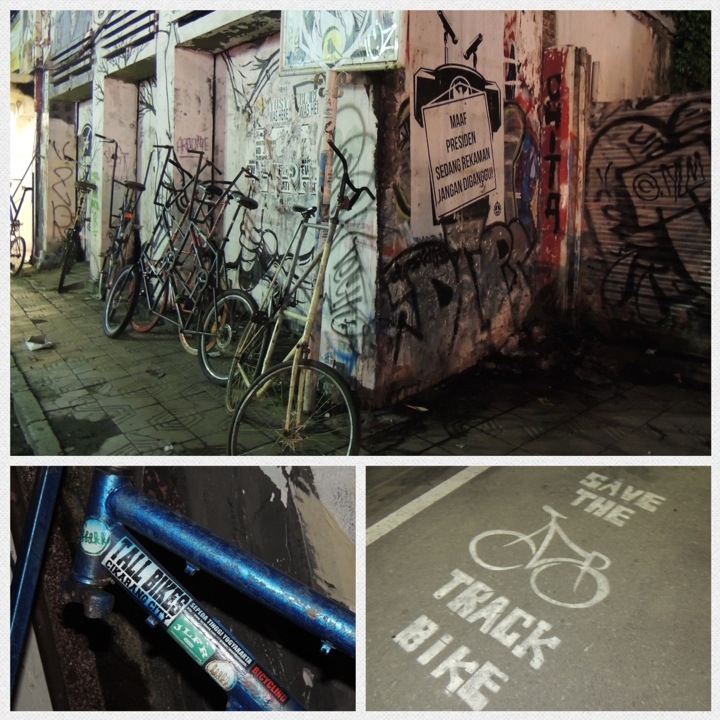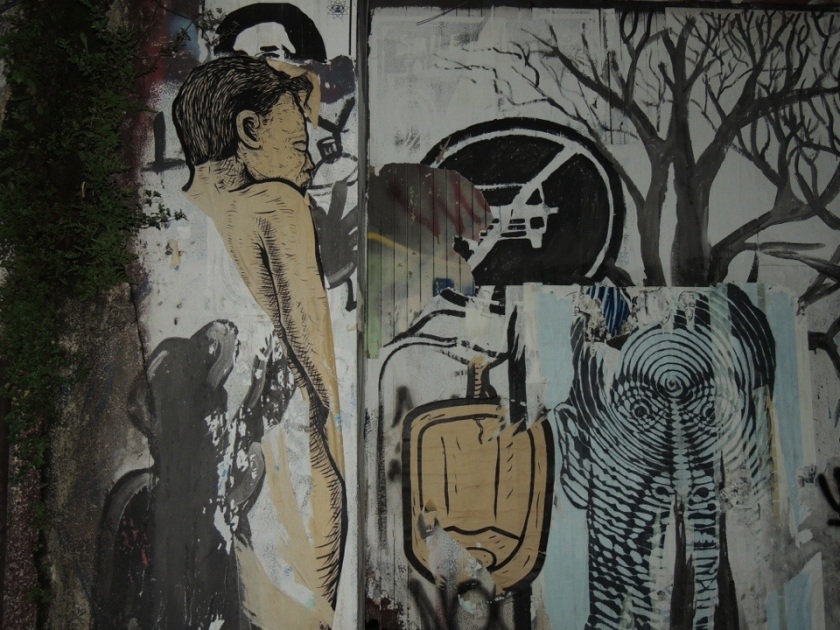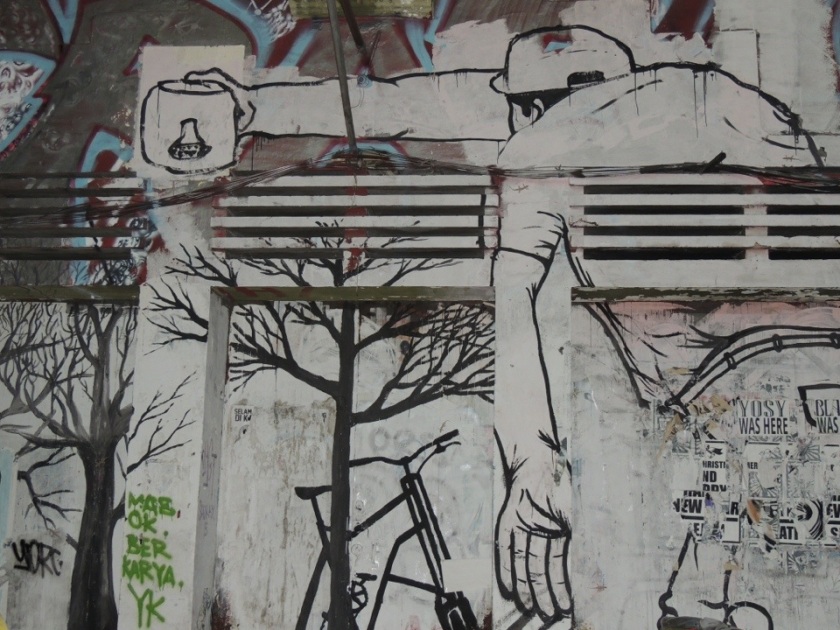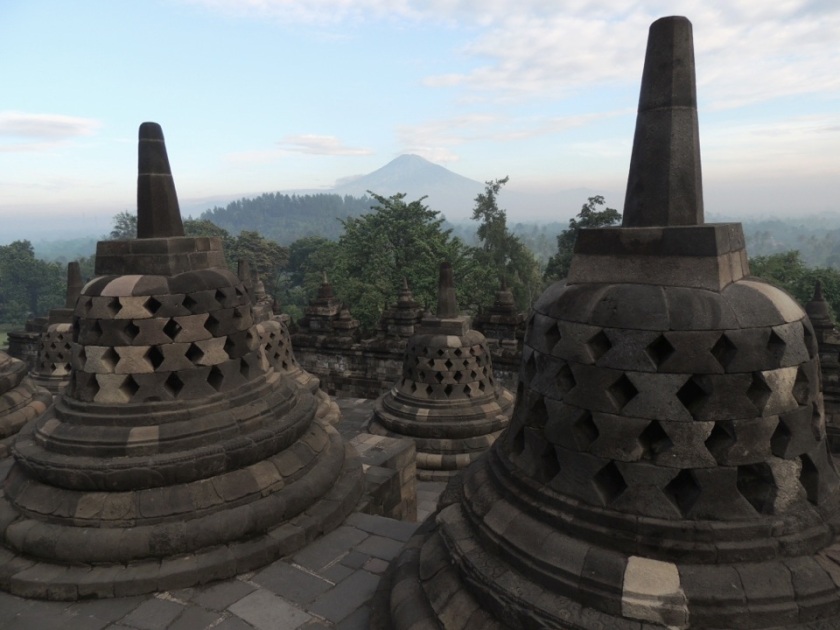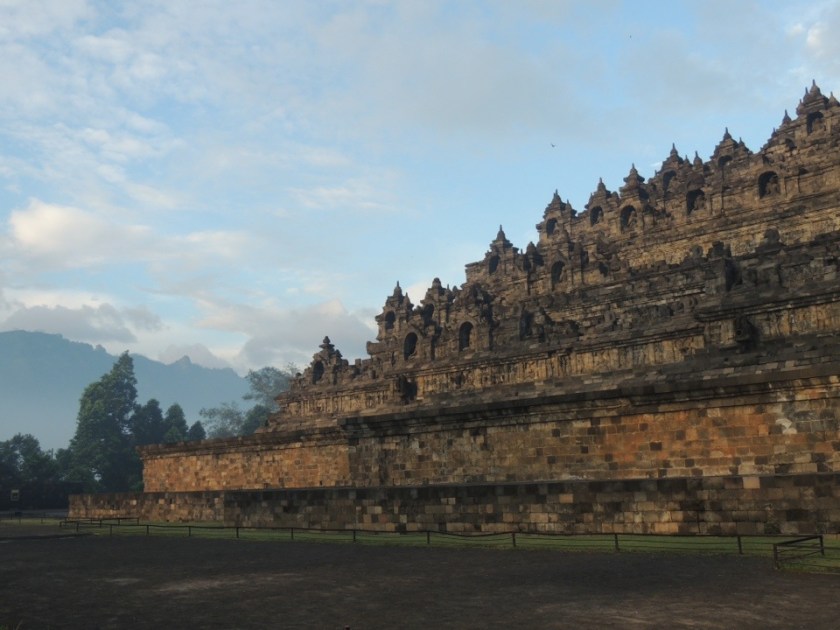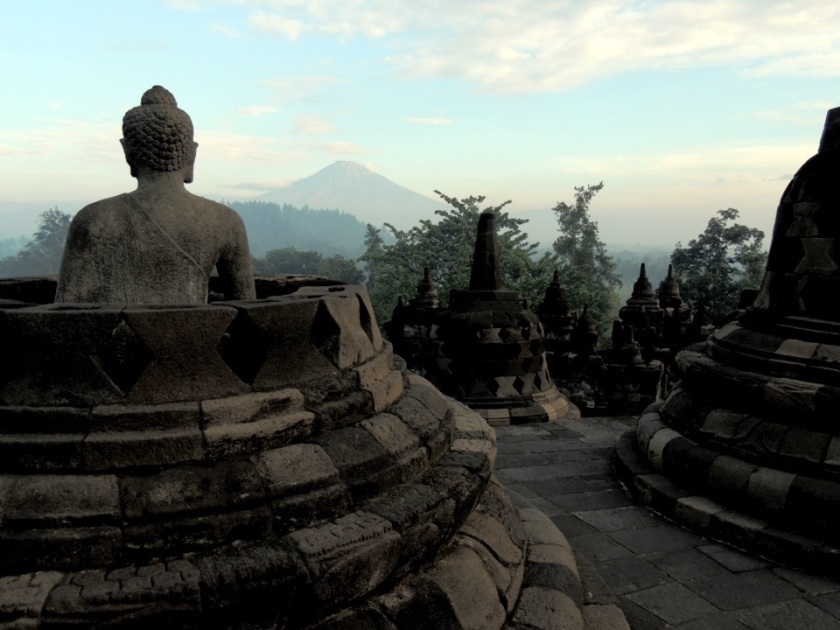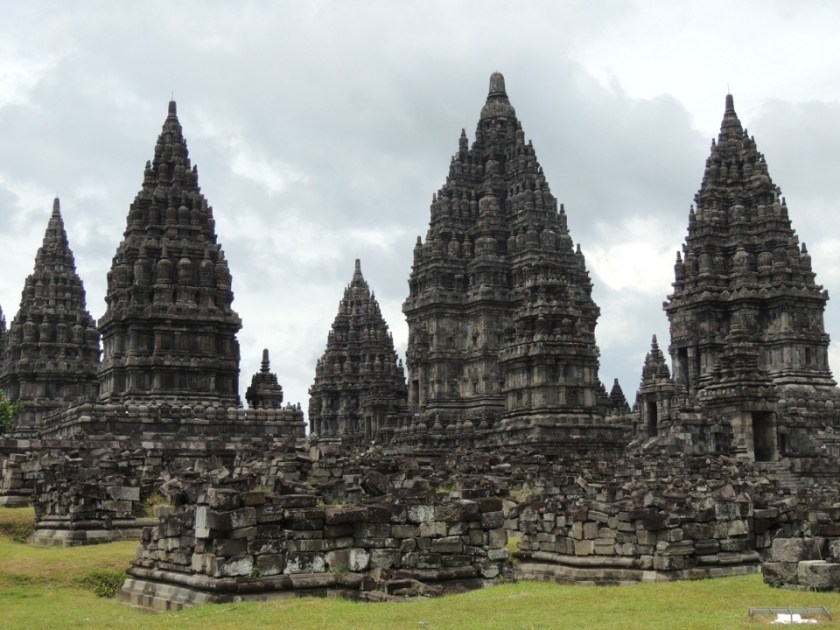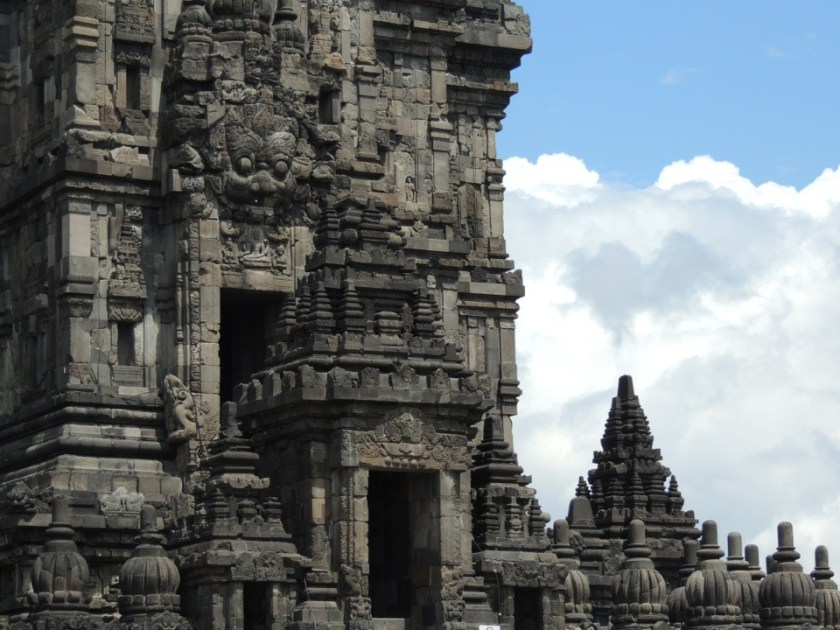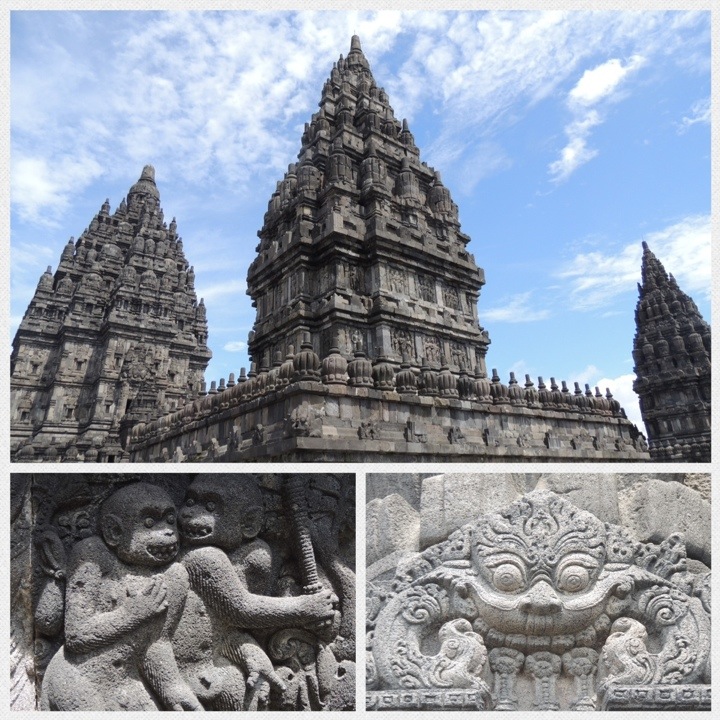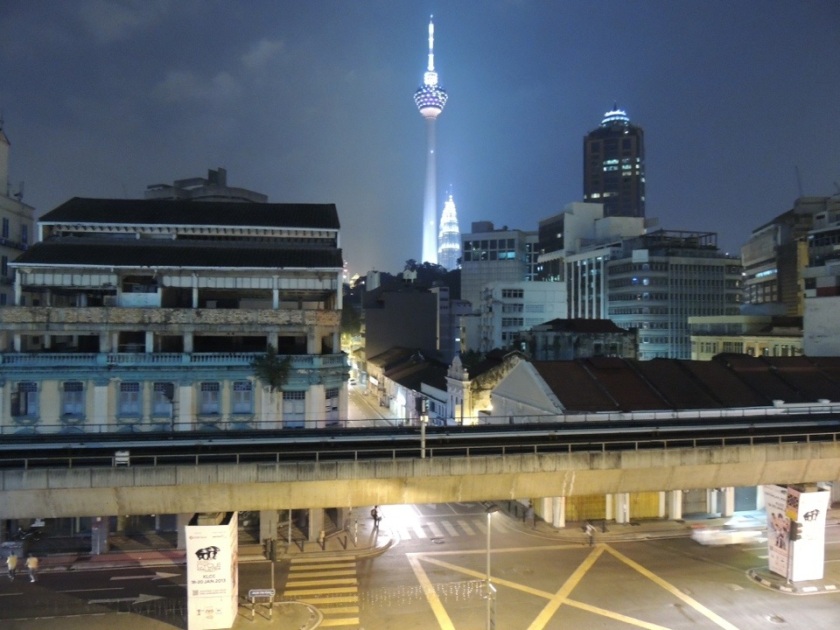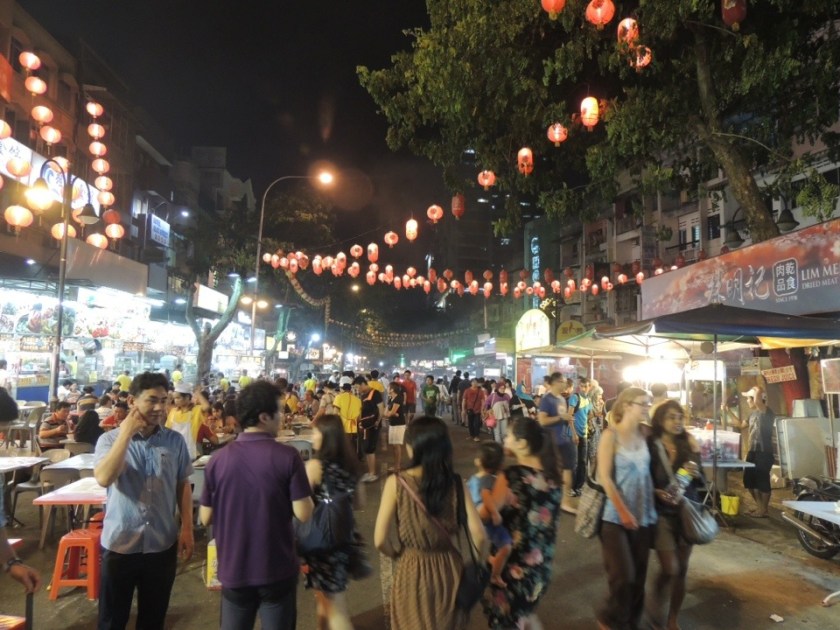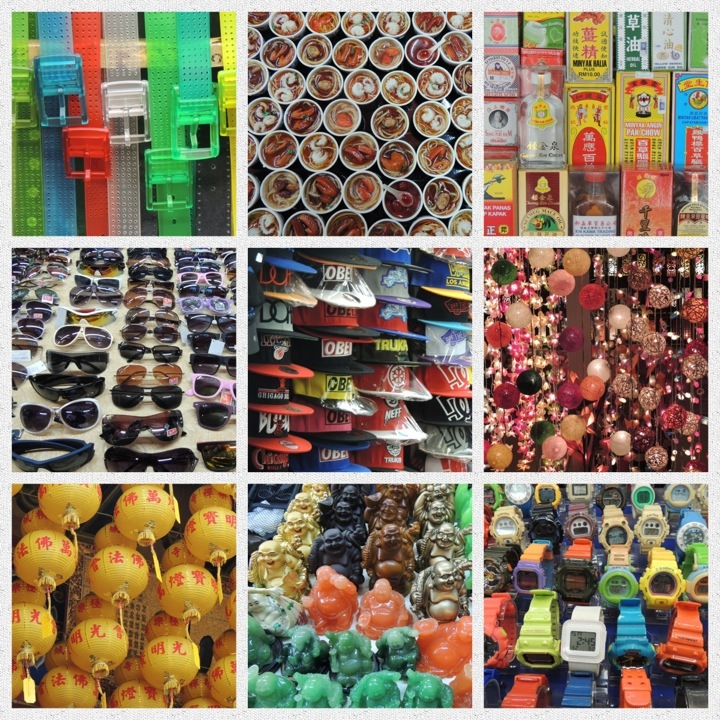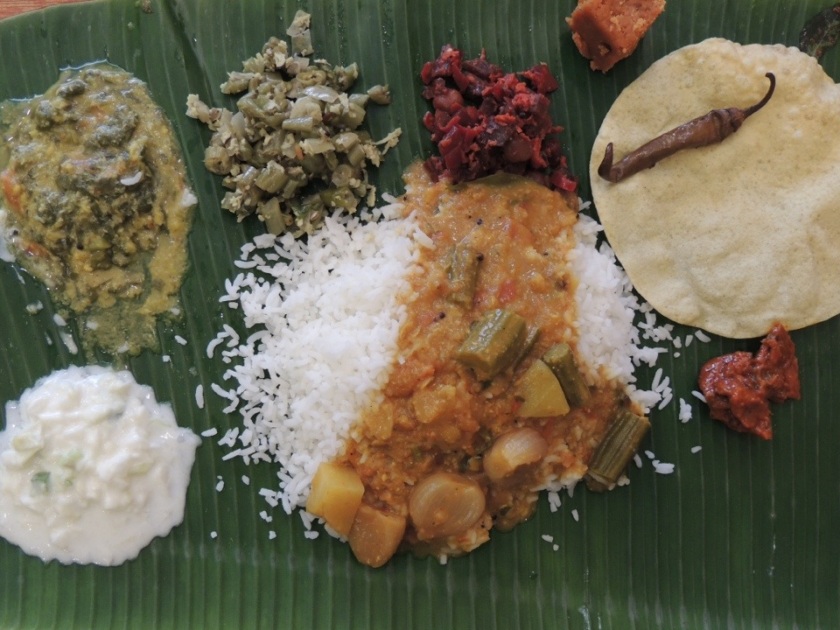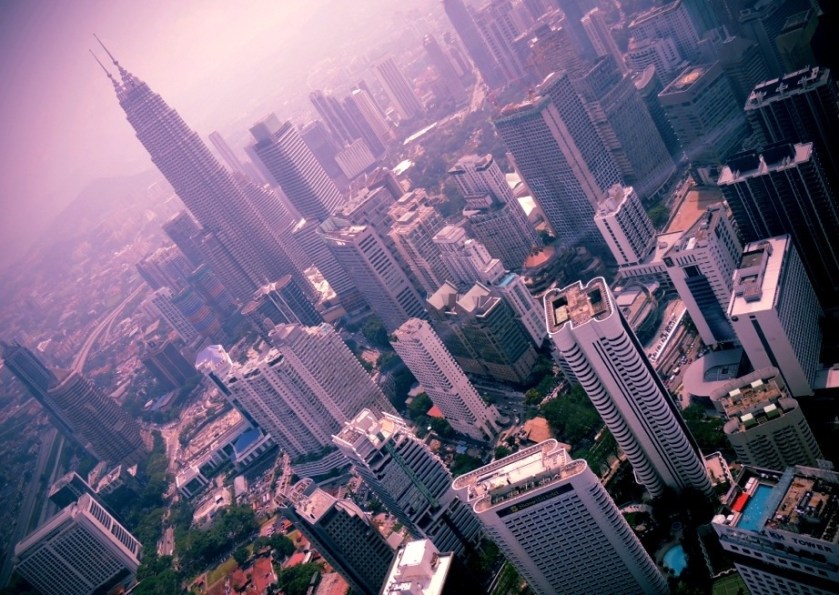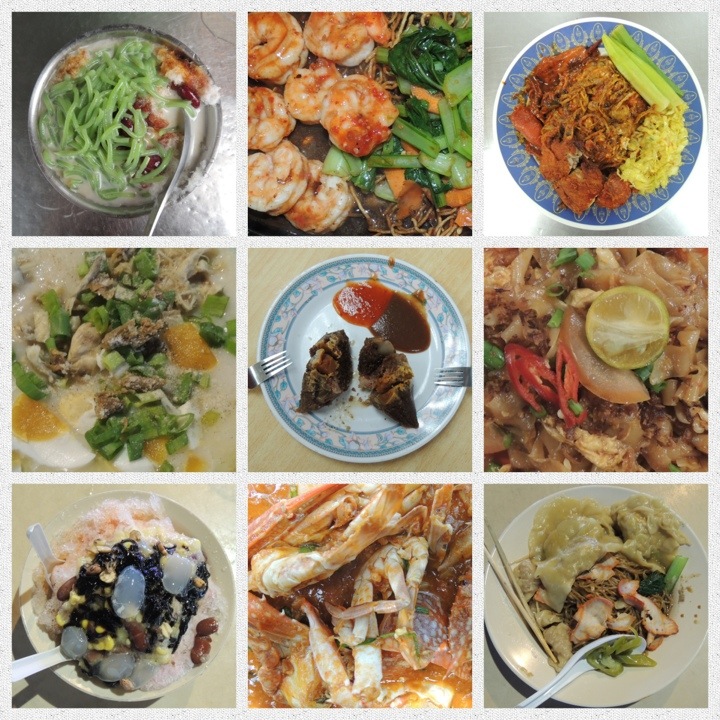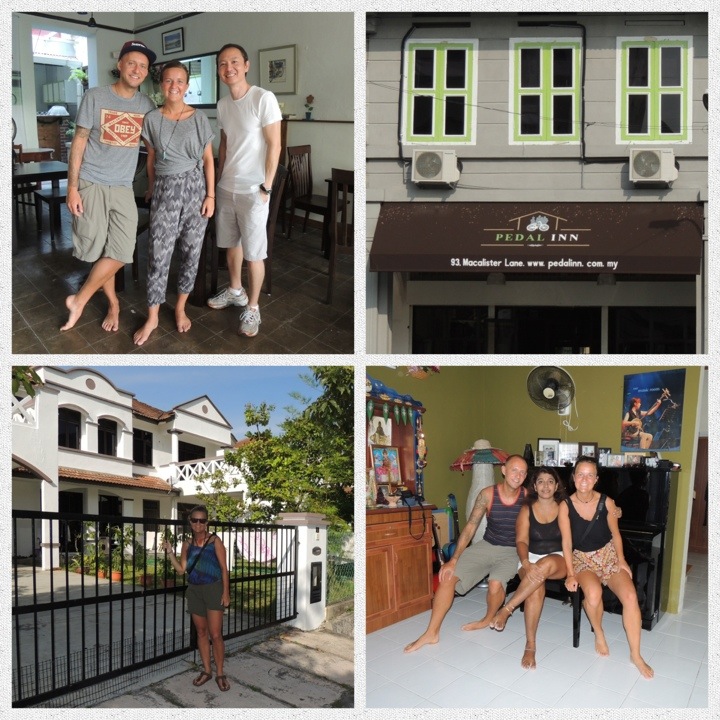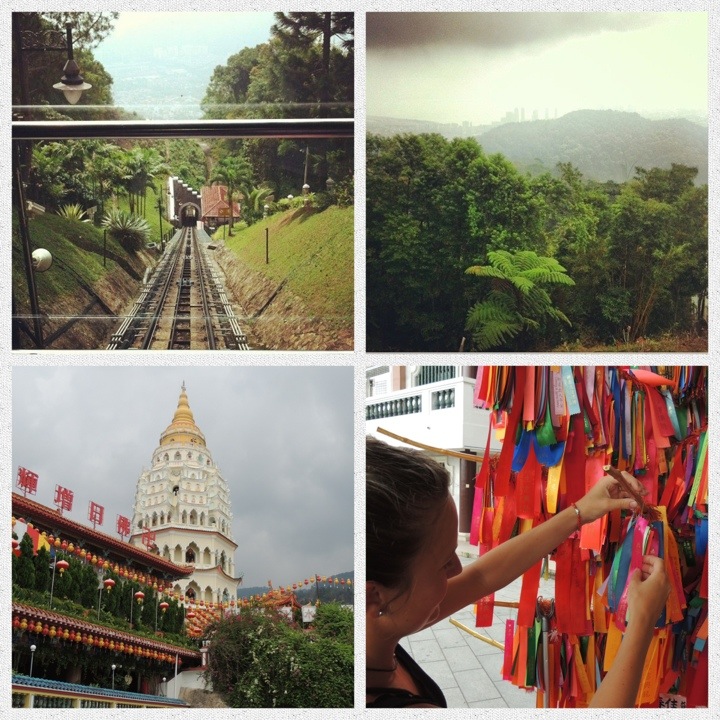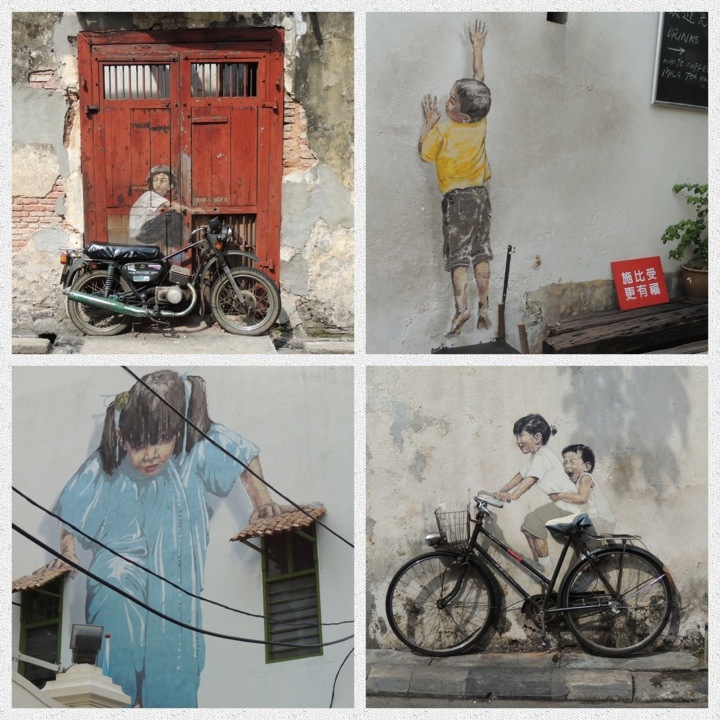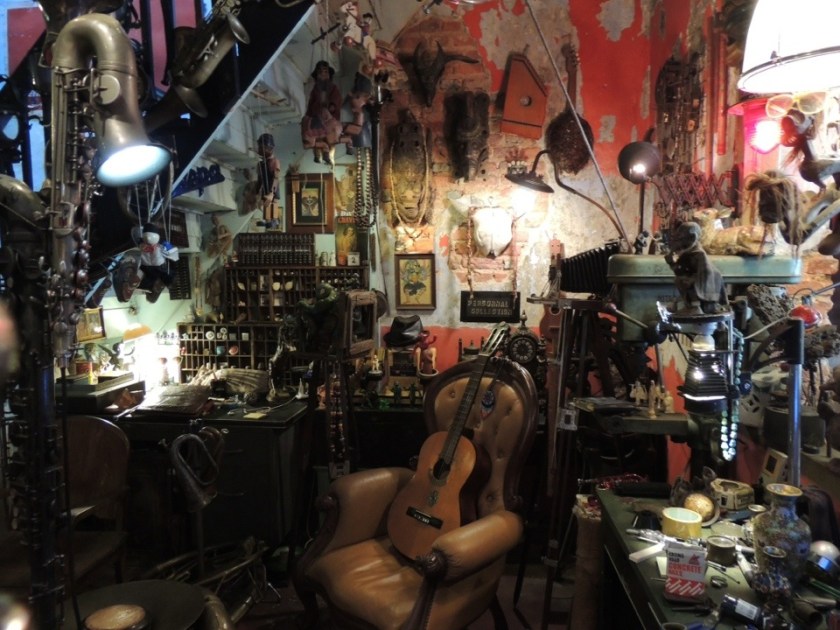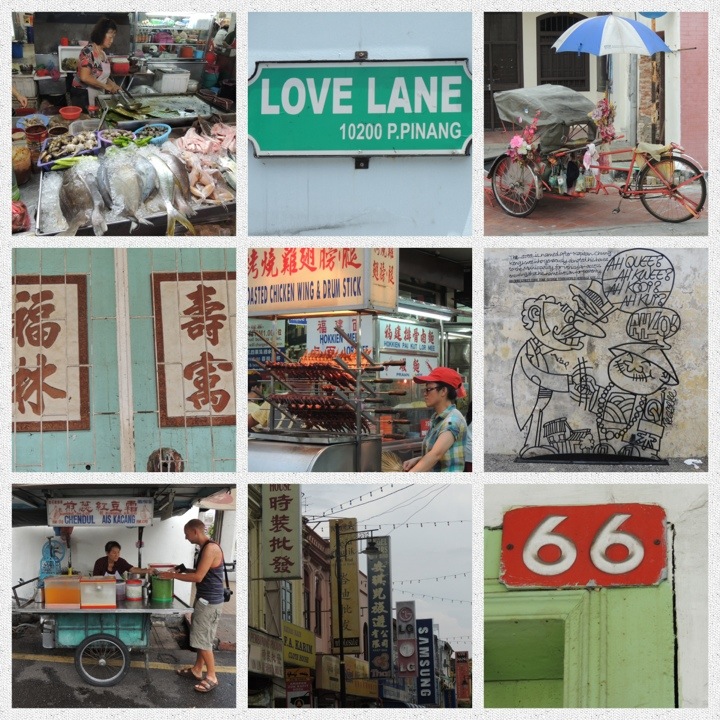Have been meaning to update our travel blog with these photos for some time now but have only just got around to it now – only 7 months later! We’ve been to many places since our tour around Asia in 2013 but this was a very memorable trip for lots of reasons. Since visiting Northern India at the beginning of our sabbatical we’d always hope to return to this amazing country but had put our plans aside in hope to extend our little family… but nature had other ideas and this journey was a roller coaster that took much longer than we had imagined. In Jan 2015 we took the plunge and decided to book and return to India during Easter break hoping this would give us a new focus.
3 days before, bags packed we was feeling excited and ready for our adventure holiday and then out of nowhere a miracle happened…
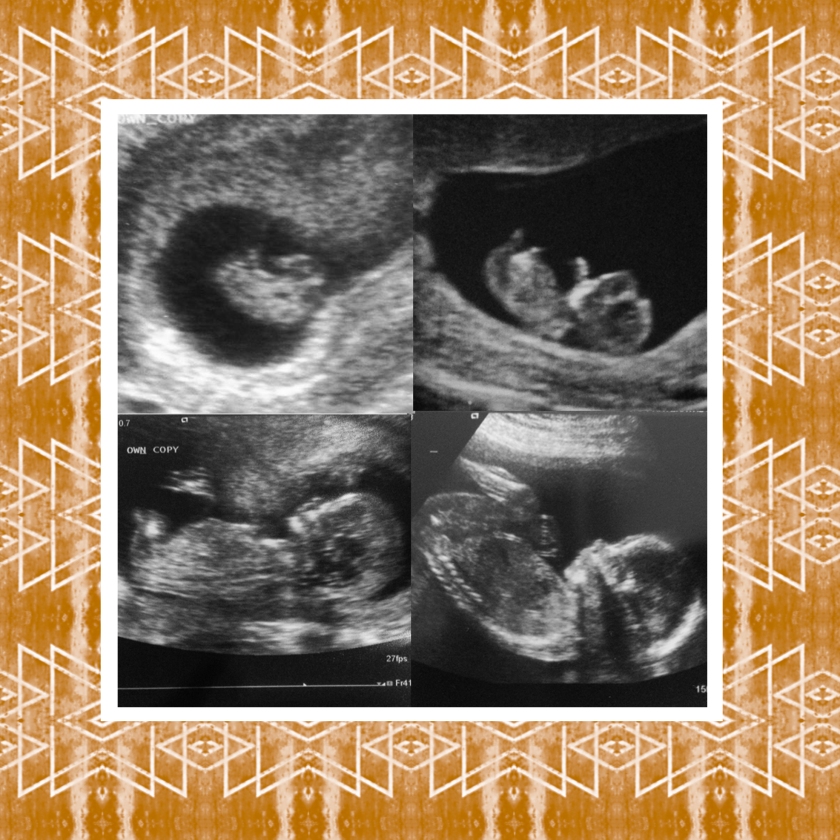
We couldn’t believe our luck and in fact wouldn’t believe it until 20 weeks later! So what next… do we cancel the holiday that brought us this luck in the first place? Surely? We had no idea what to do but was convinced by our Indian GP to go with our plans and reassured that India would be no danger to our growing baby.
This was probably the scariest trip of our lives and there was a few times throughout when we did consider flying home but so glad we persevered and got to see one of the most beautiful places ever. The people in Kerala were amazing, some of the kindest, friendliest and most accommodating people we have met, a special thanks to our guide Prem and friend Kerry who really helped us to relax and enjoy our travels. The place was lush green and very colourful, the food I am told by George was delicious but unfortunately not to a pregnant woman’s taste buds and although we’re not very spiritual ourselves we had to admire the people who live here for their commitment to their faith Hinduism and the holistic way of life, to anyone who visits an Ayurvedic Indian massage is a must.
Here are some of the highlights.
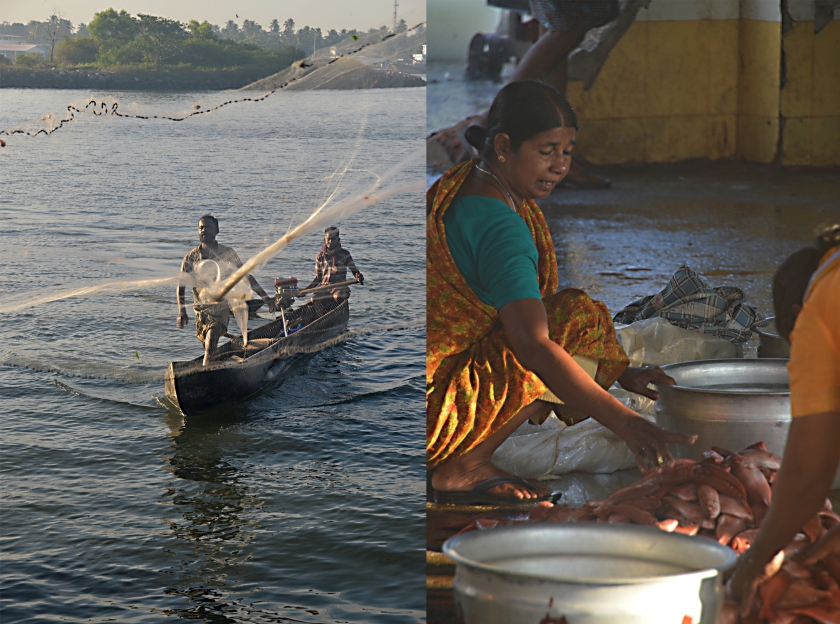
Kumbalanghi fishing village Cochin
Children playing cricket in Cochin, India’s favourite pass time. Notice the sign ‘god’s own country’ in front of the field.
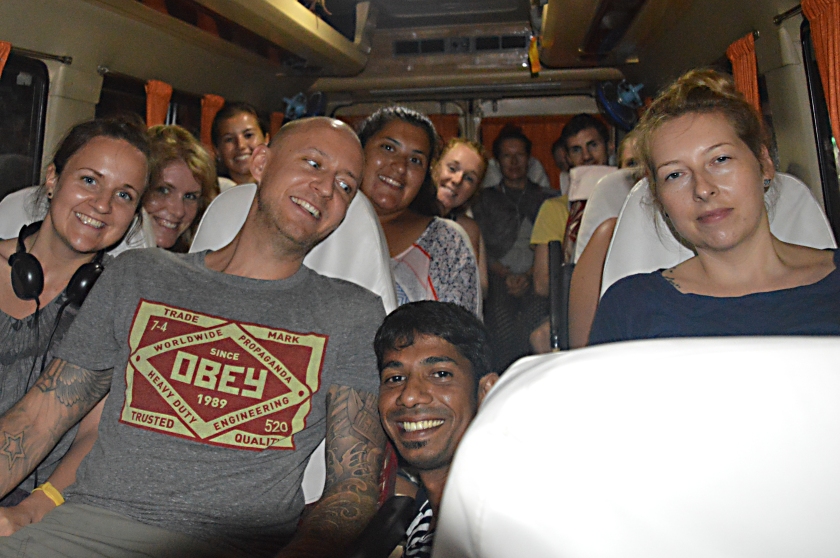
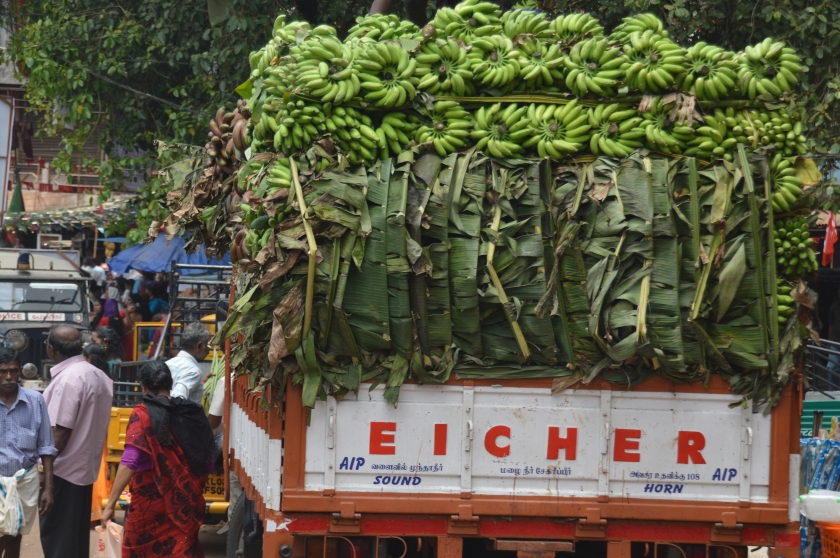
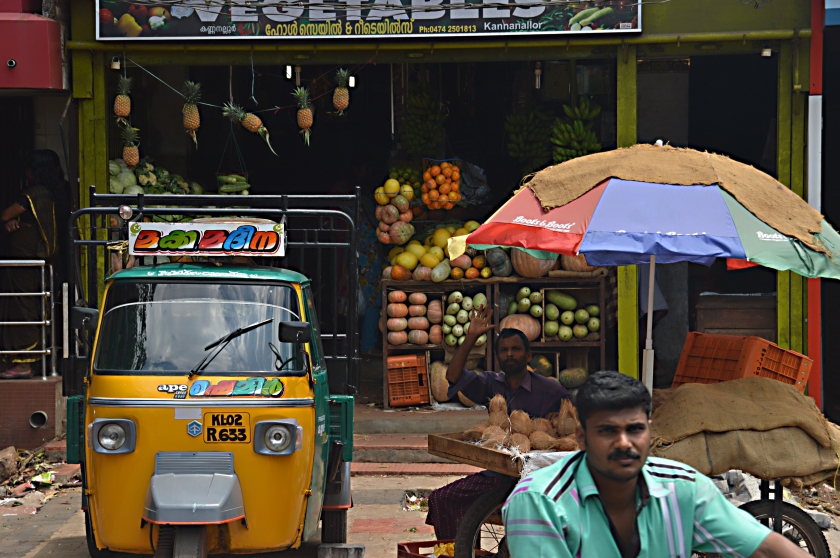 The G-Adventures gang heading to the backwaters & Indian street life.
The G-Adventures gang heading to the backwaters & Indian street life.
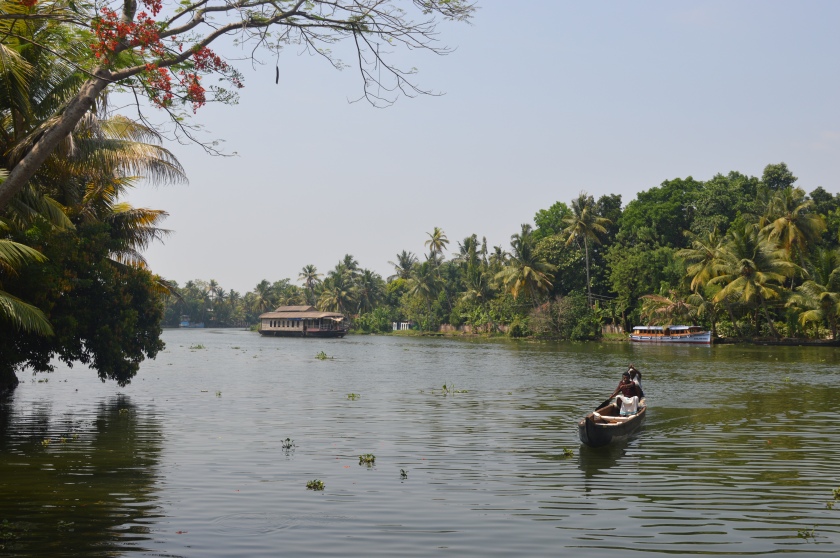
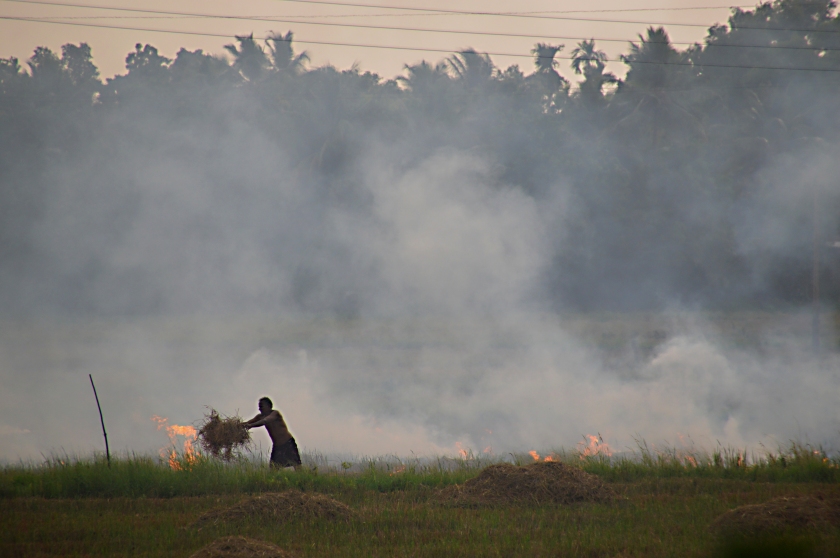
The beautiful backwaters in Alleppey. We had the pleasure of staying with a friendly Keralan family who guided us around the village and taught us how to cook Keralan food.
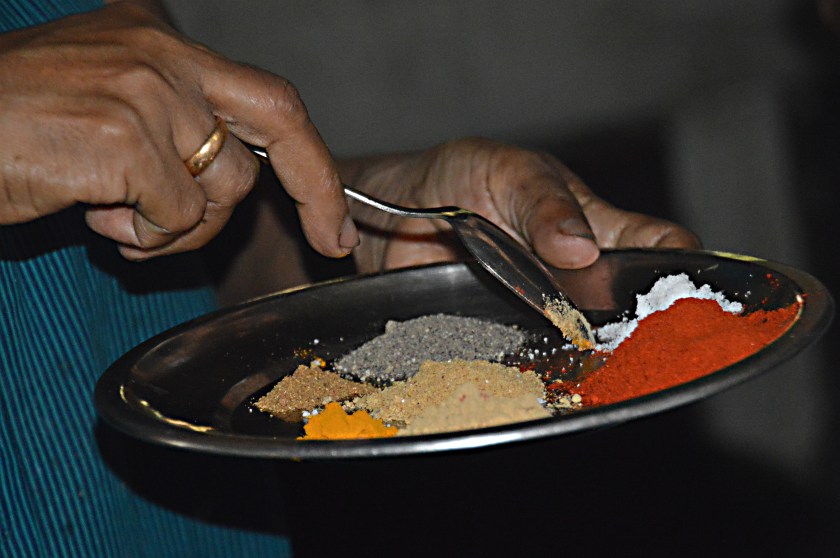 The cooking class was amazing, just a shame I couldn’t fully embrace it with my heightened sense of smell! The food at the homestay was probably the best food we ate throughout our trip.
The cooking class was amazing, just a shame I couldn’t fully embrace it with my heightened sense of smell! The food at the homestay was probably the best food we ate throughout our trip.
We travelled from Kochi to Varkala by bus with our friends from G – Adventures stopping at the beautiful backwaters in Alleppey and the bustling fish market in Kollam on our way.
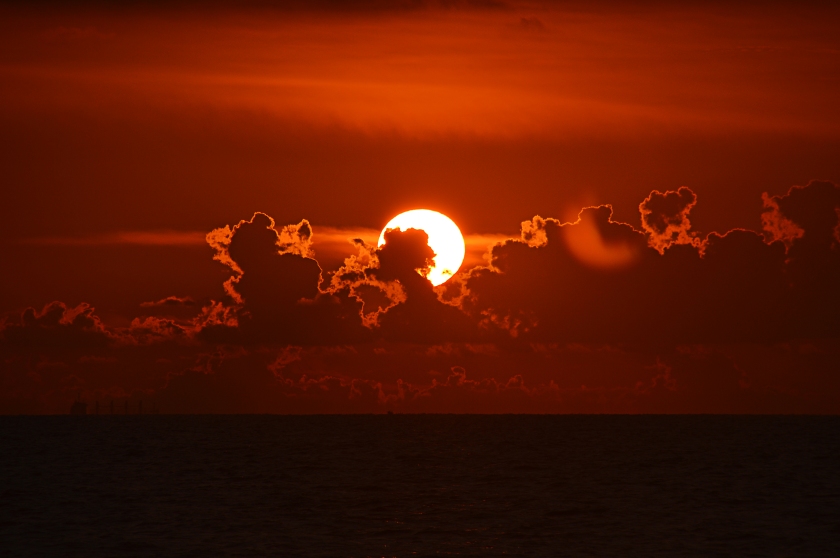
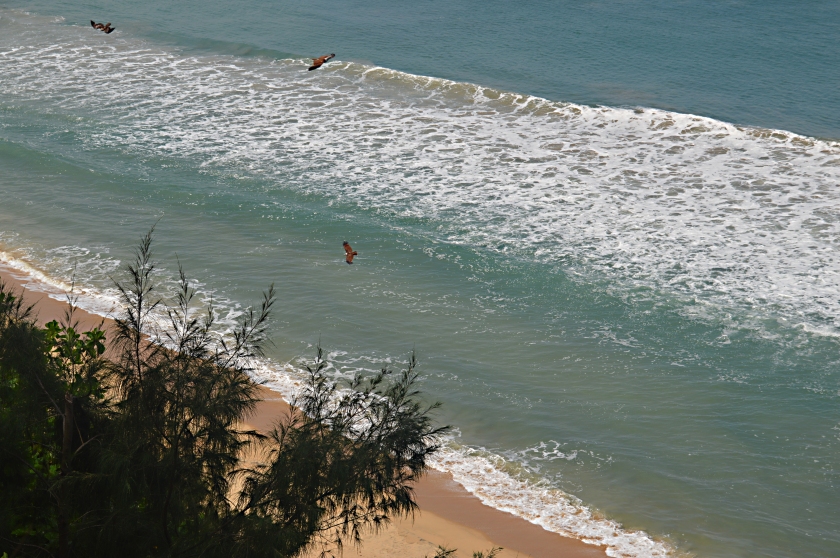
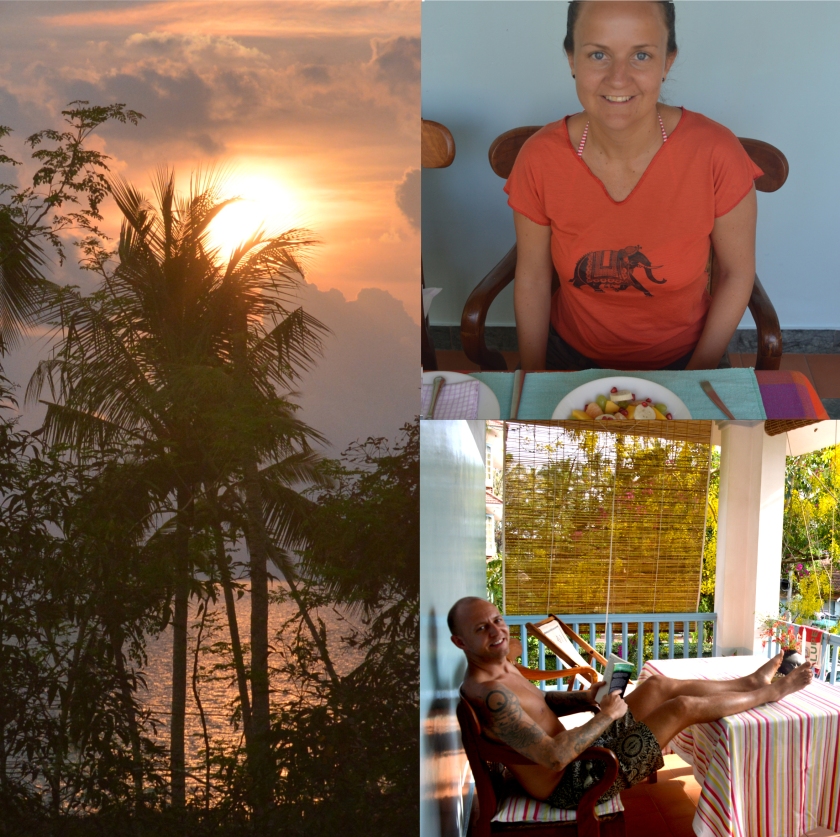 The sunsets in Varkala were probably the best we’ve ever seen. We stayed in the beautiful Villa Jarcaranda, a rustic house with antique Indian features and the most amazing views of lush jungle and the ocean. Every morning we ate a fresh fruit breakfast over sunrise.
The sunsets in Varkala were probably the best we’ve ever seen. We stayed in the beautiful Villa Jarcaranda, a rustic house with antique Indian features and the most amazing views of lush jungle and the ocean. Every morning we ate a fresh fruit breakfast over sunrise.
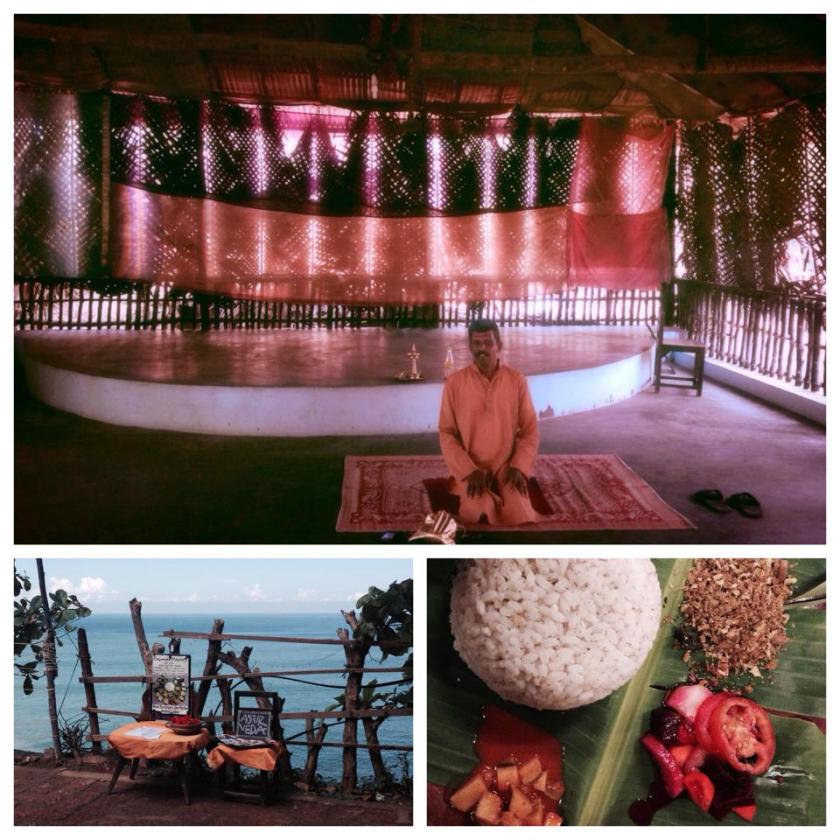
The philosophy of yoga is one of the most important parts of Keralan daily life. Above are some photo’s from the ‘Bohemian Massala Arts Cafe’ a hidden gem on the North Cliff. The homegrown Keralan food and yoga with ‘Sunil’ a traditional Indian yogi was probably one of the highlights of our trip.













